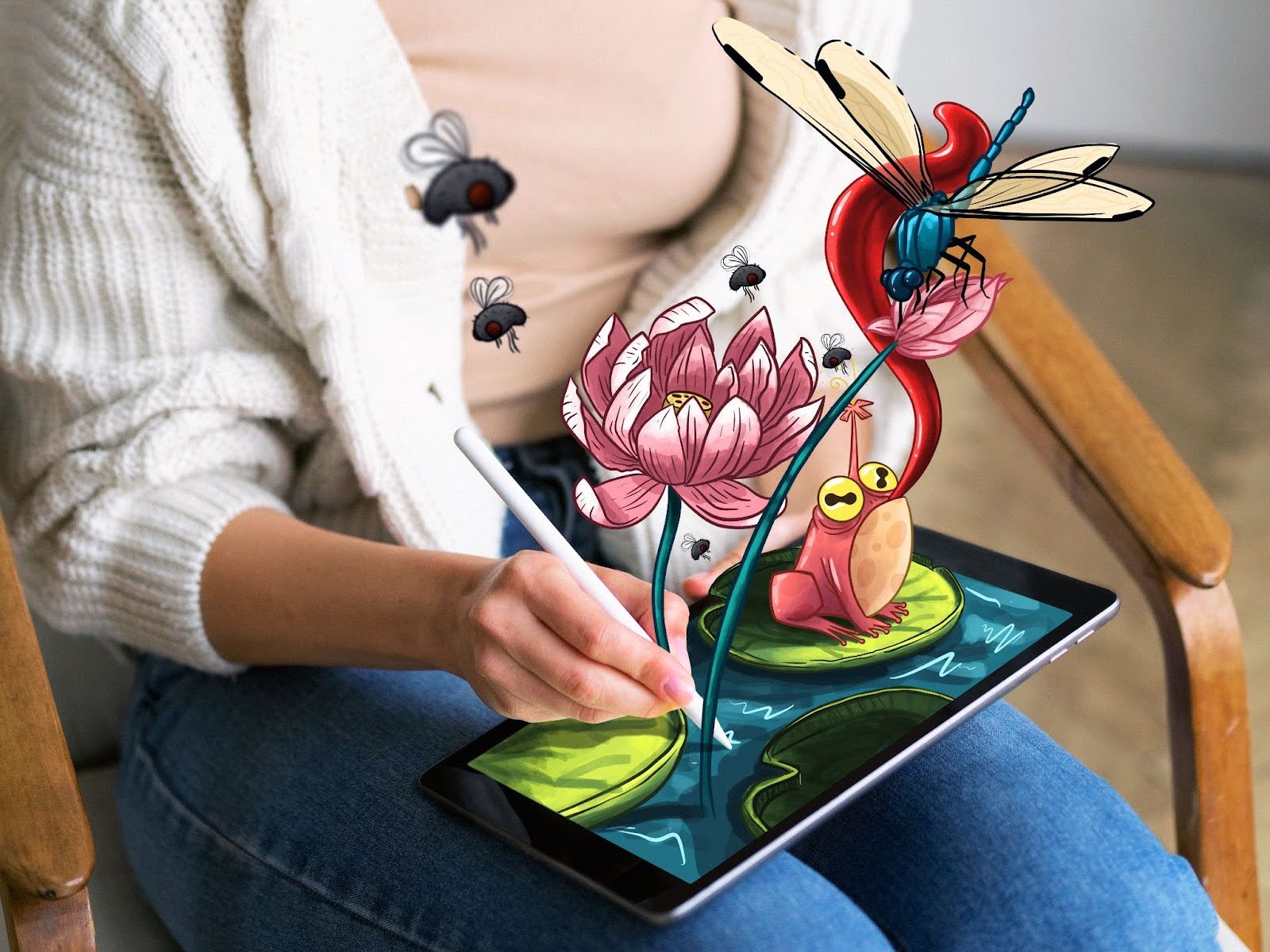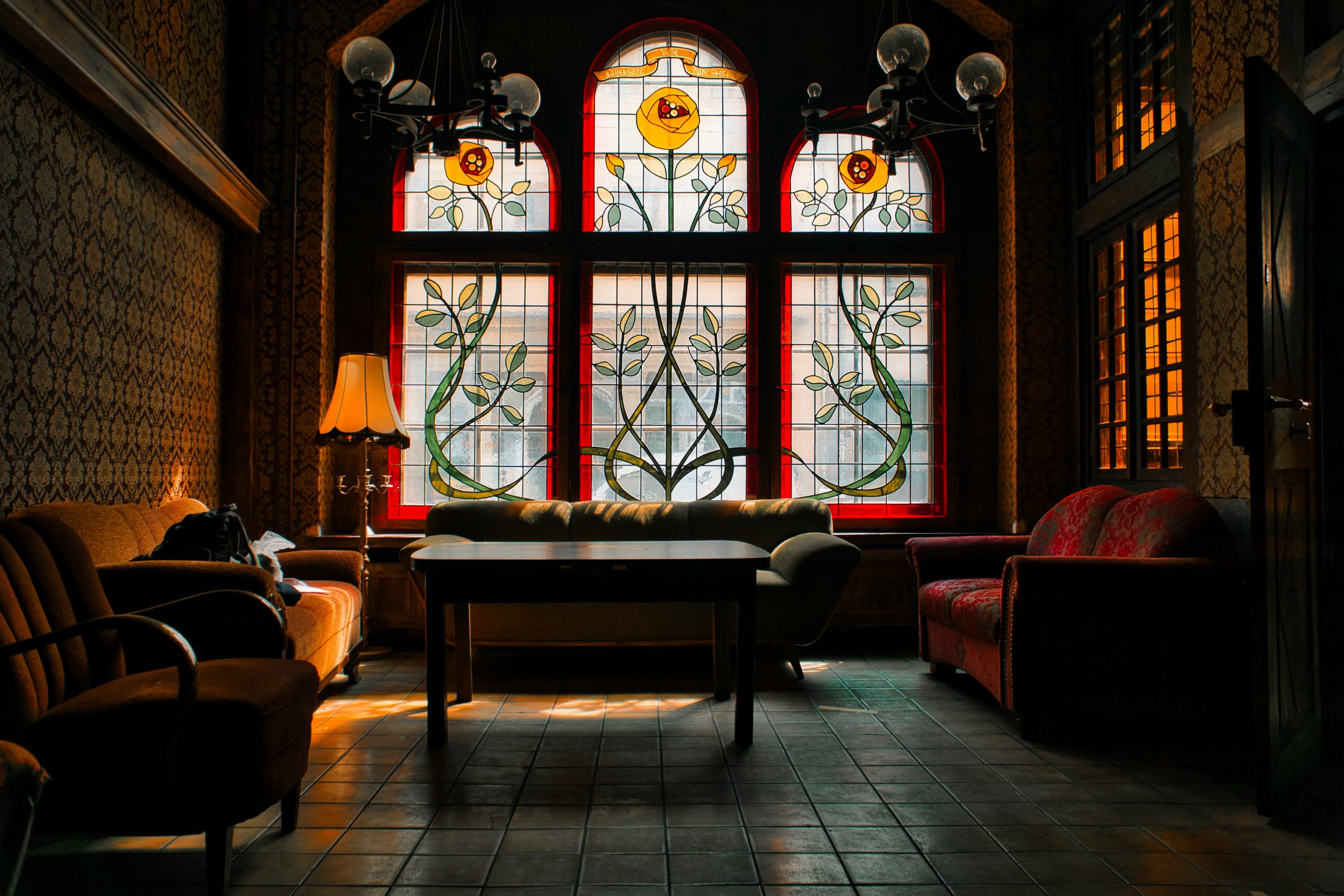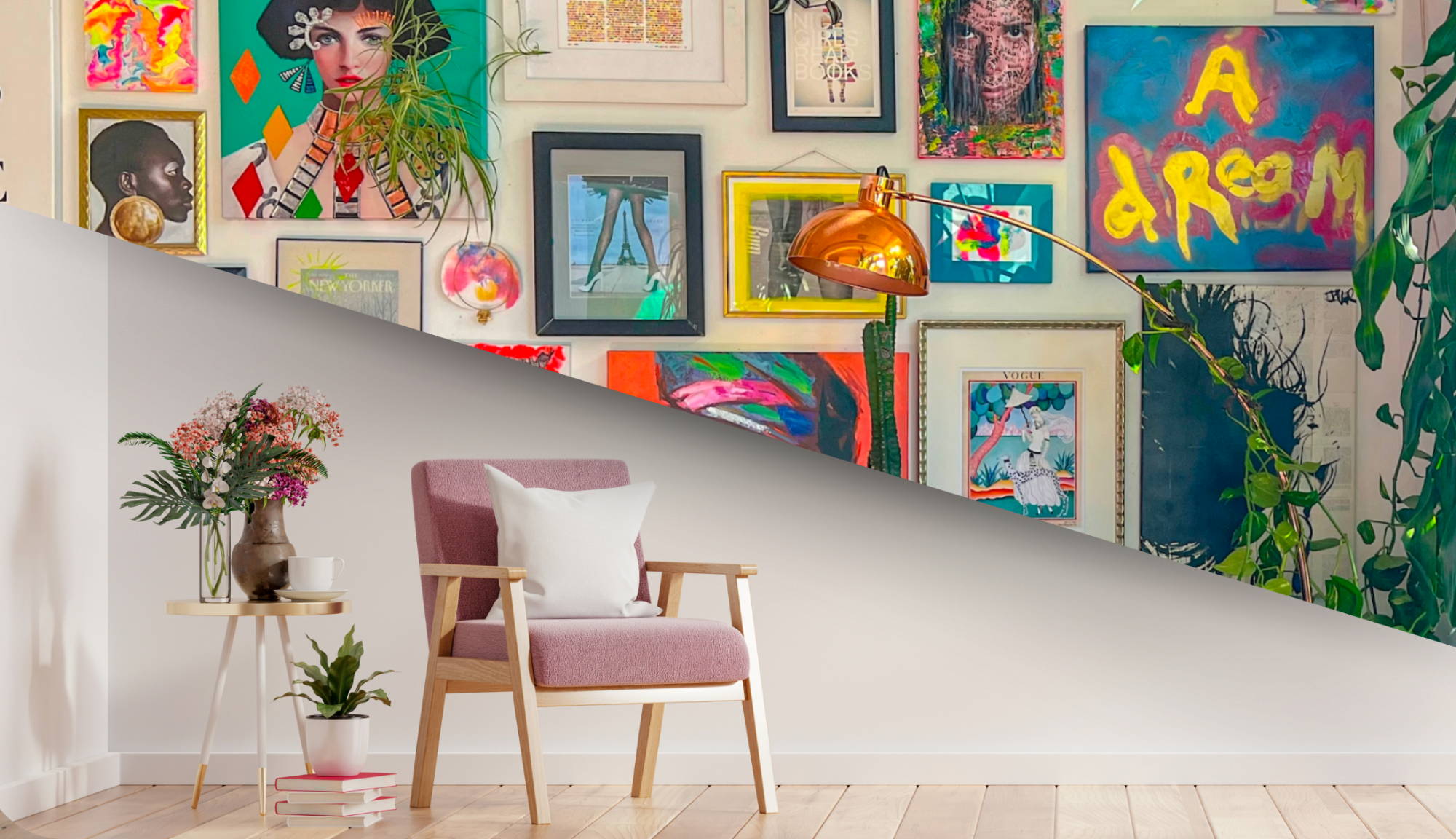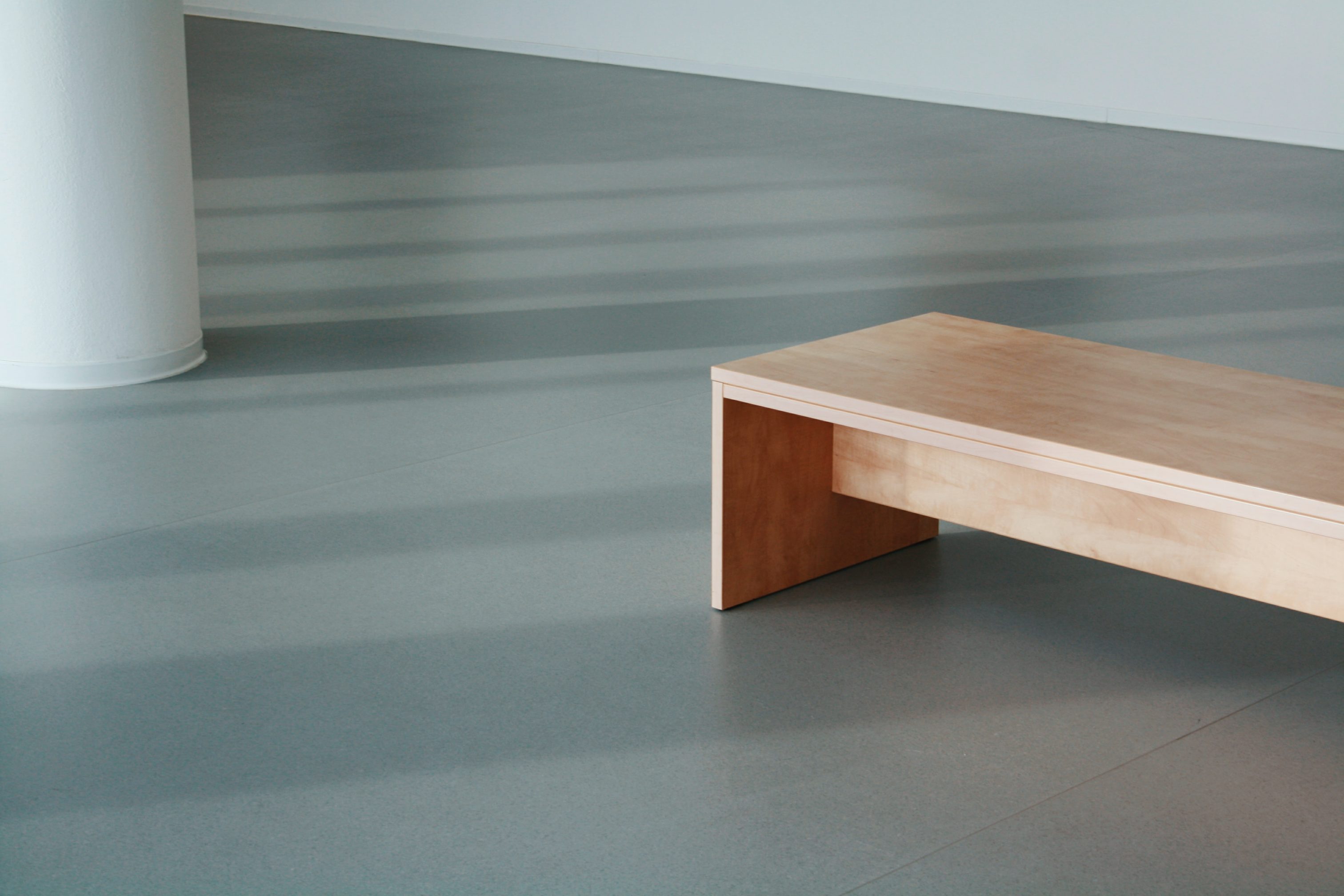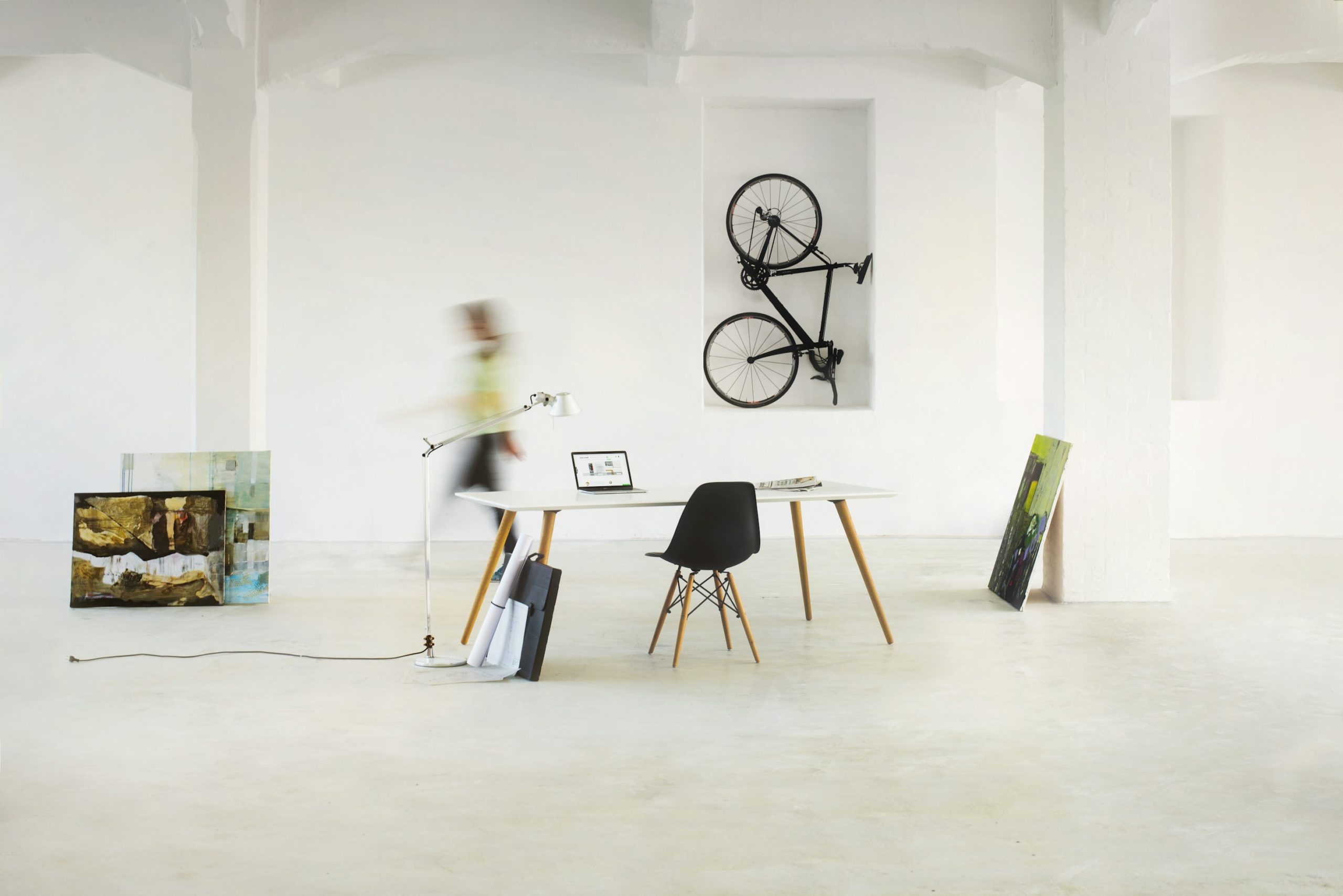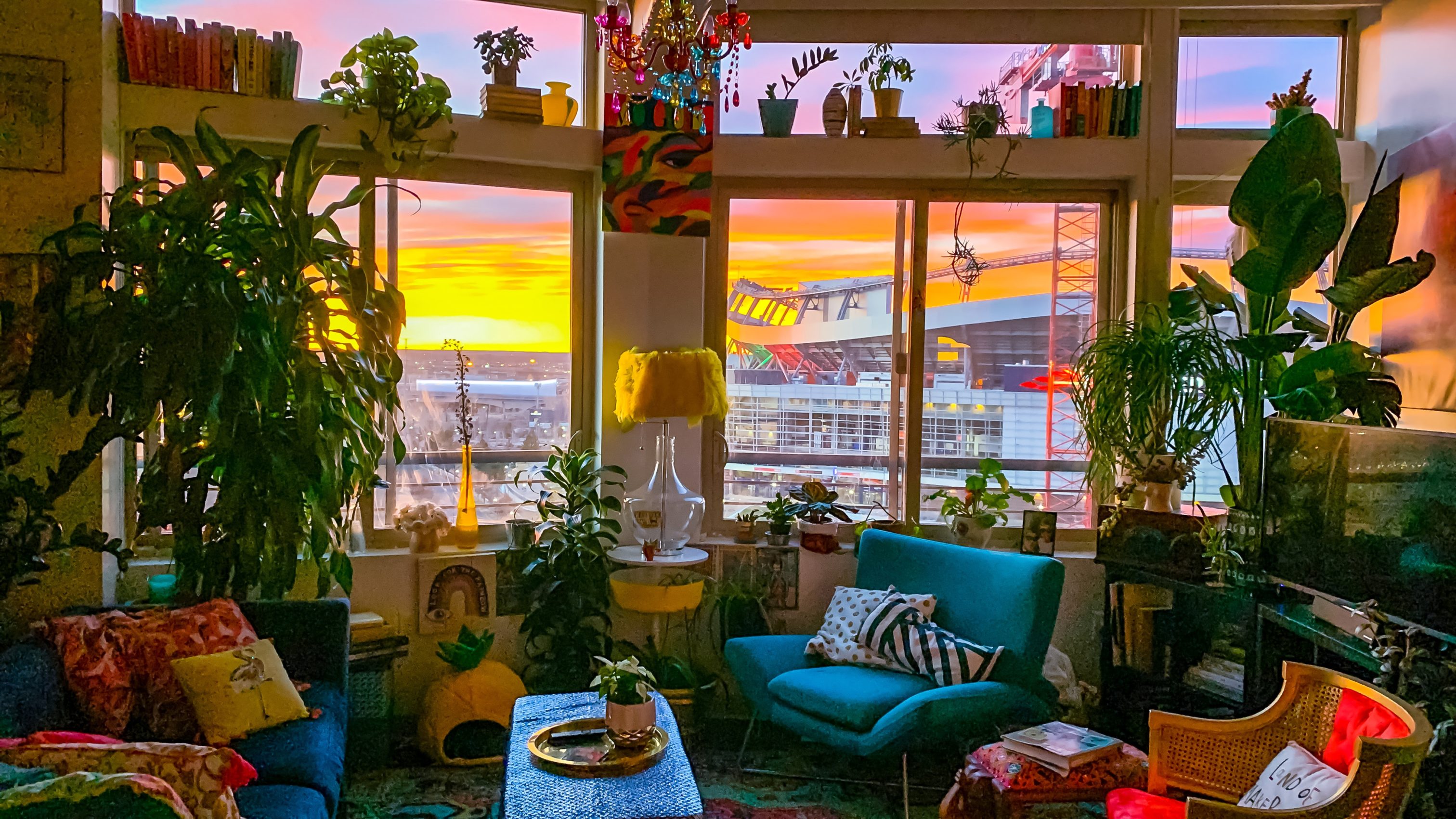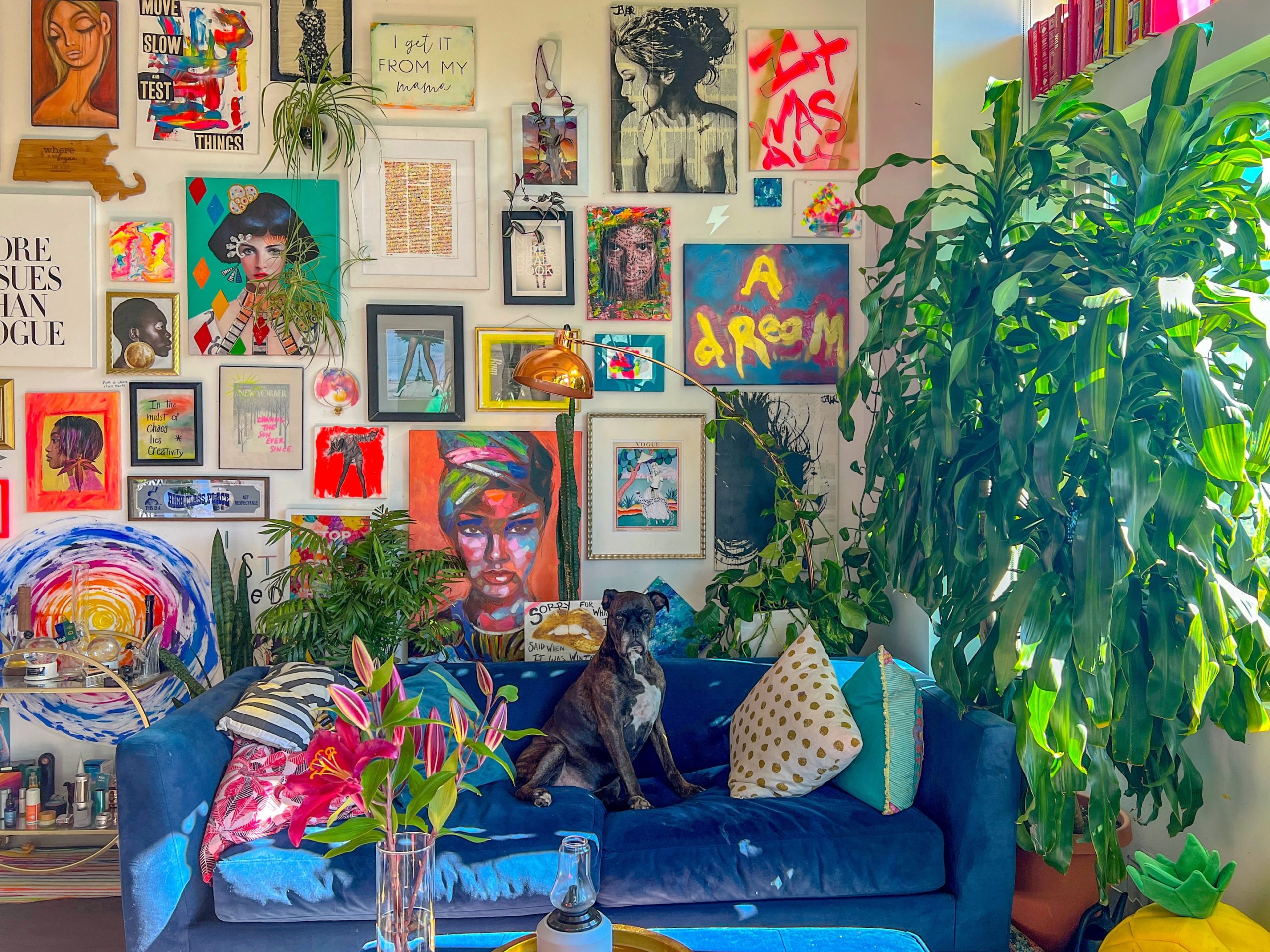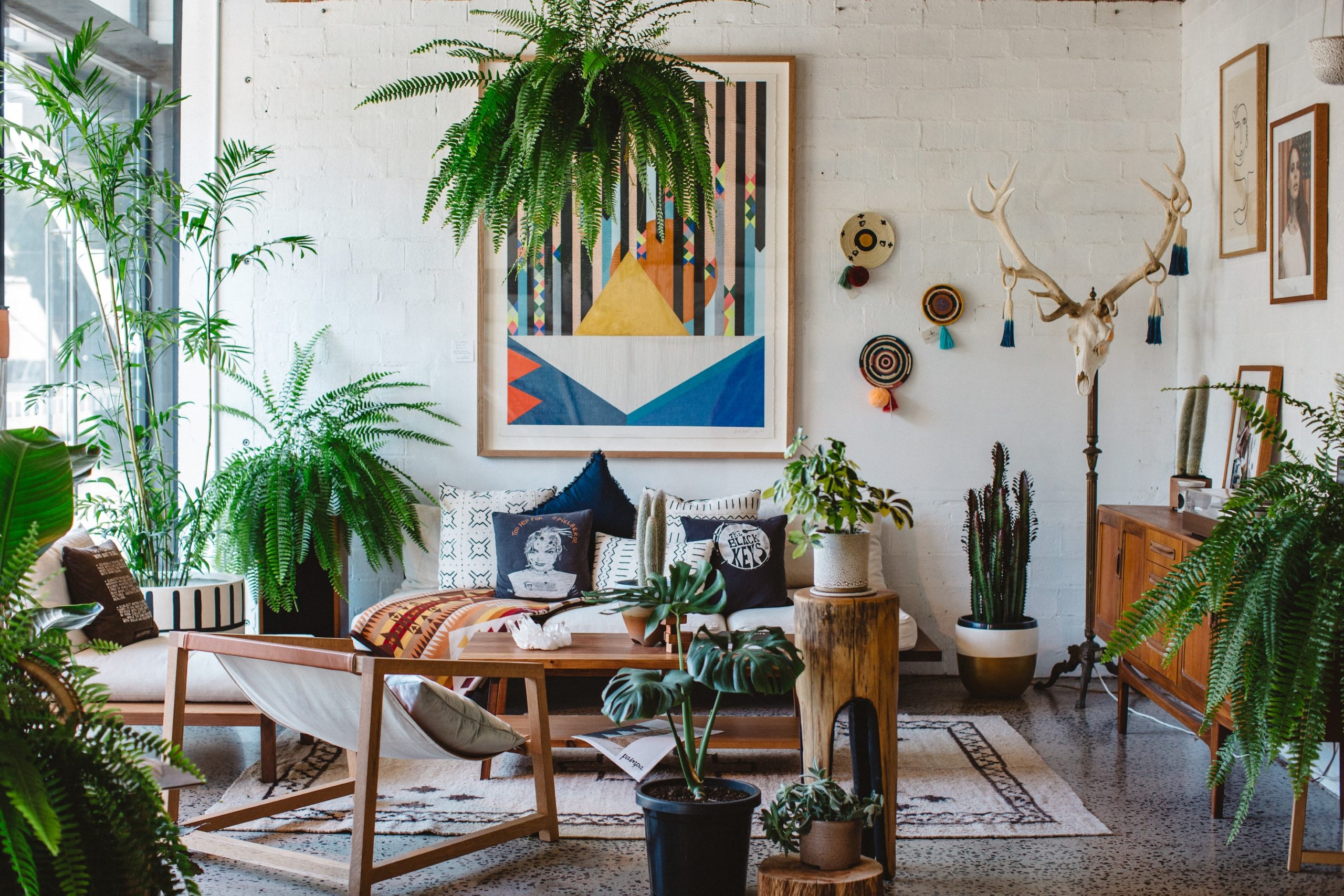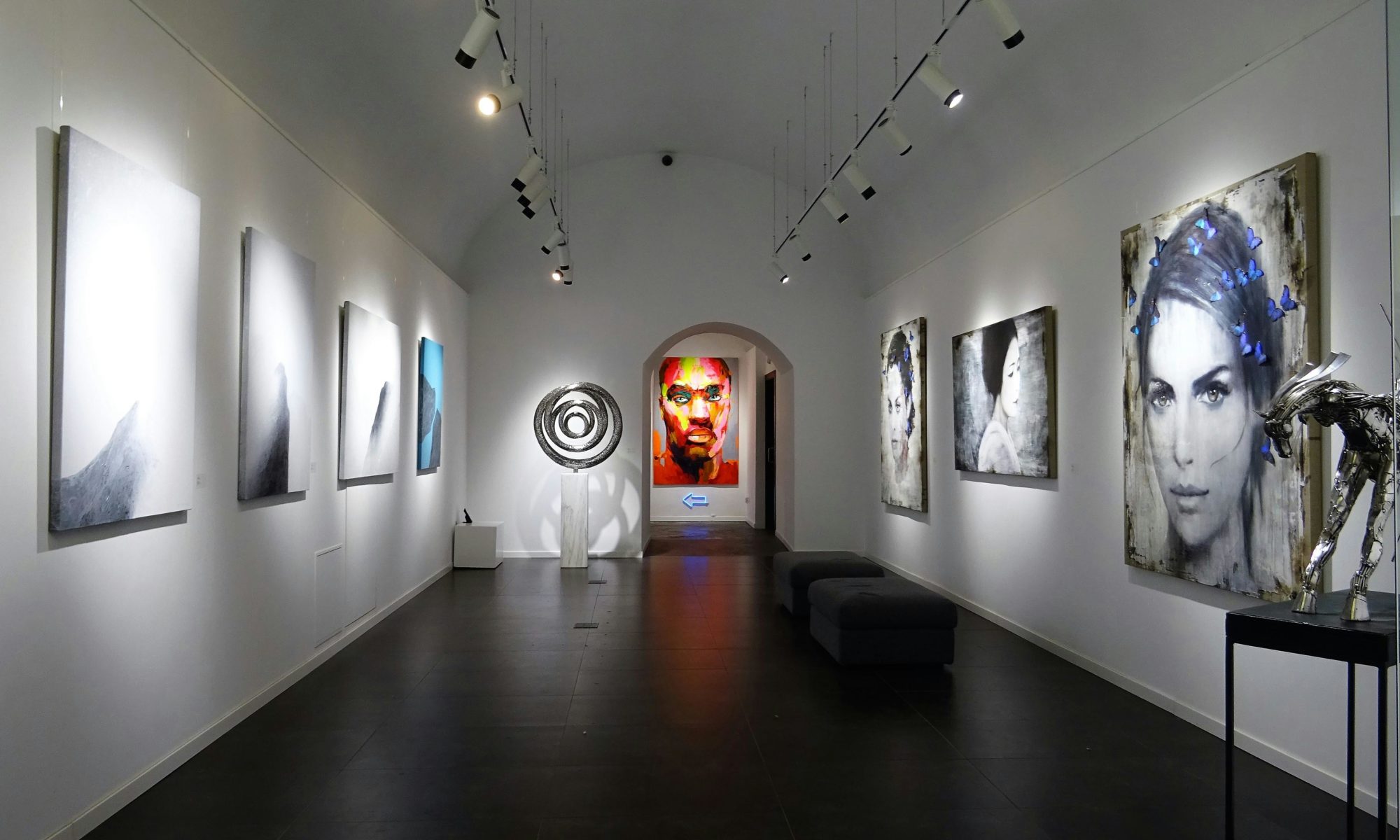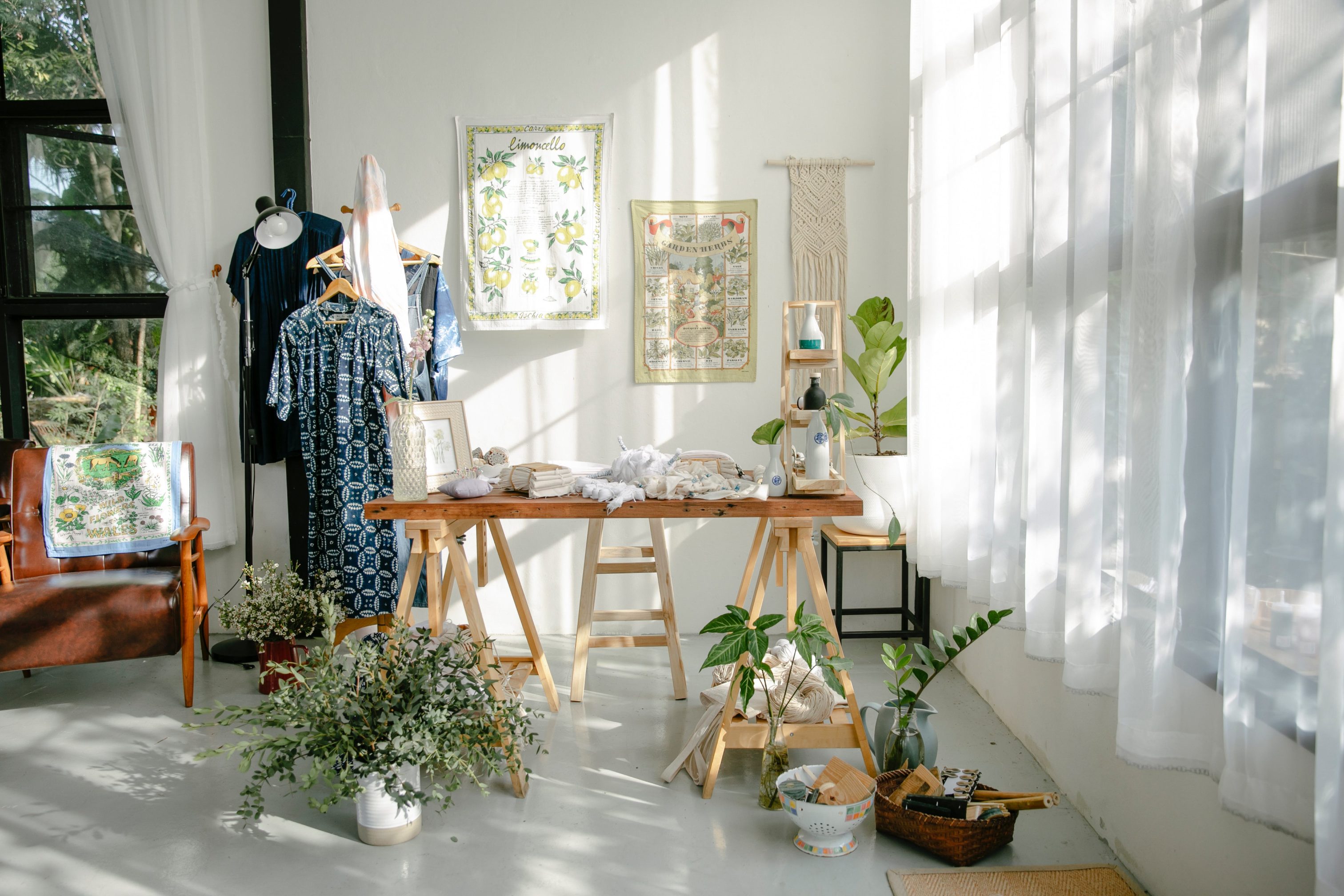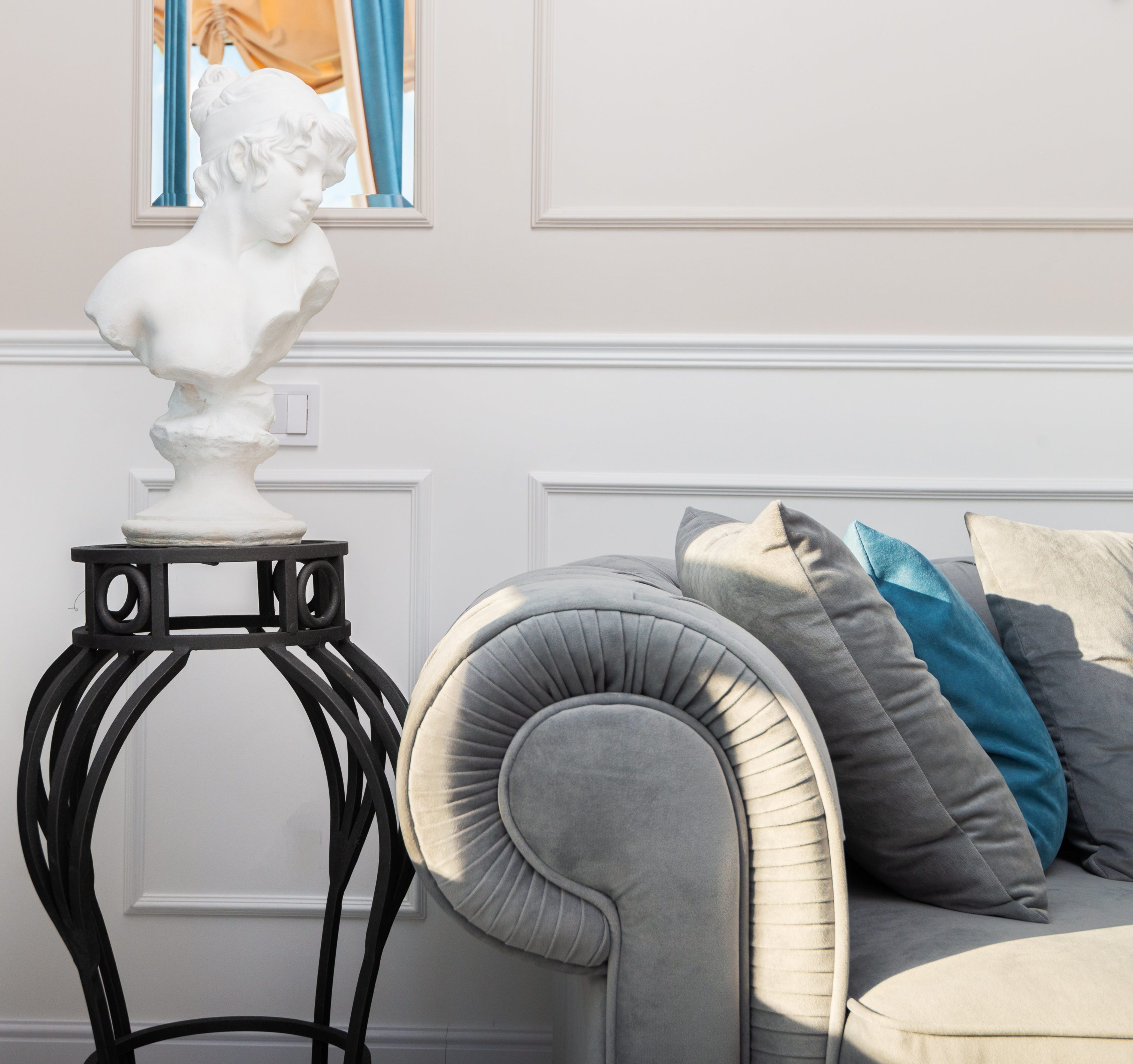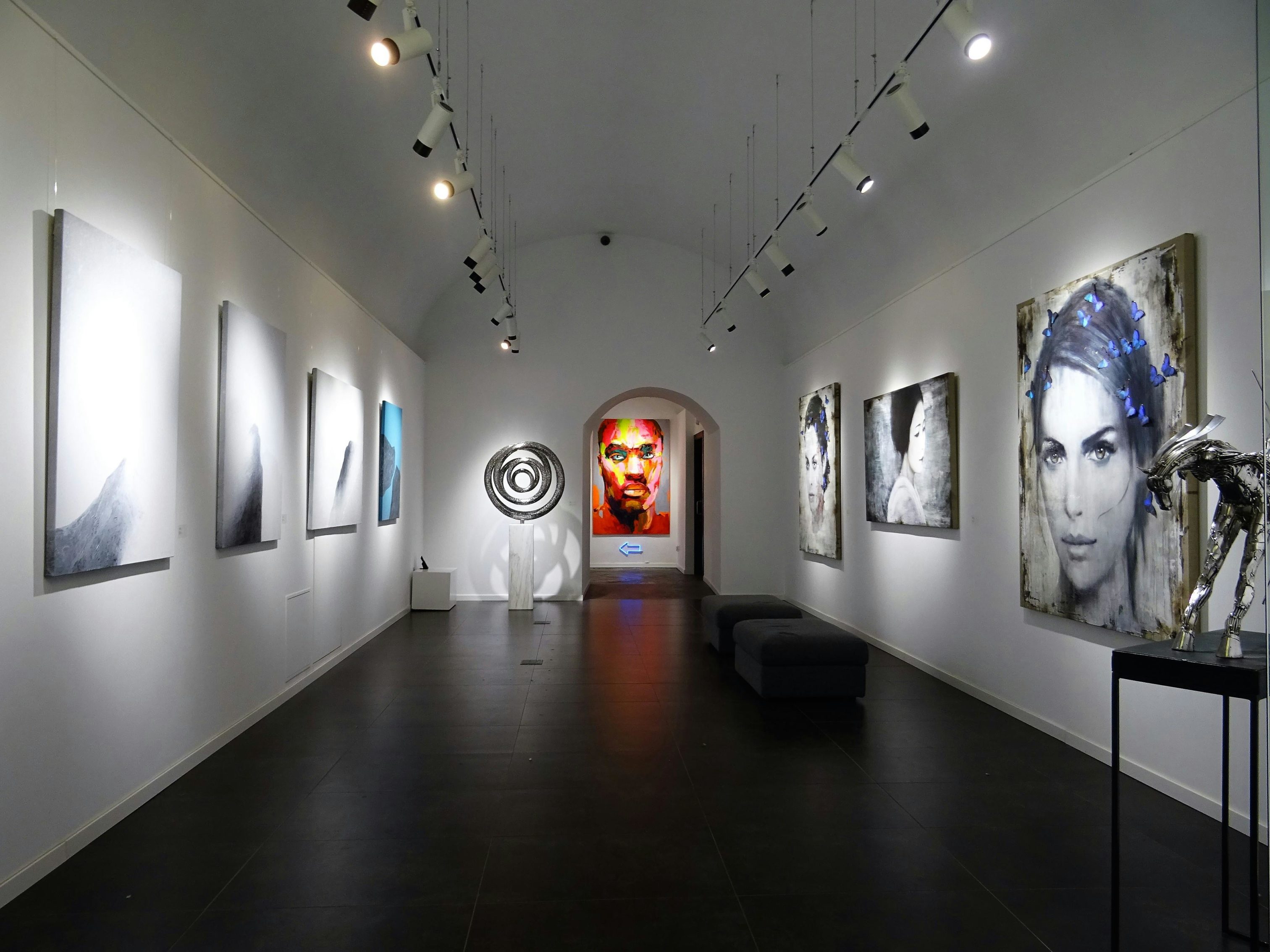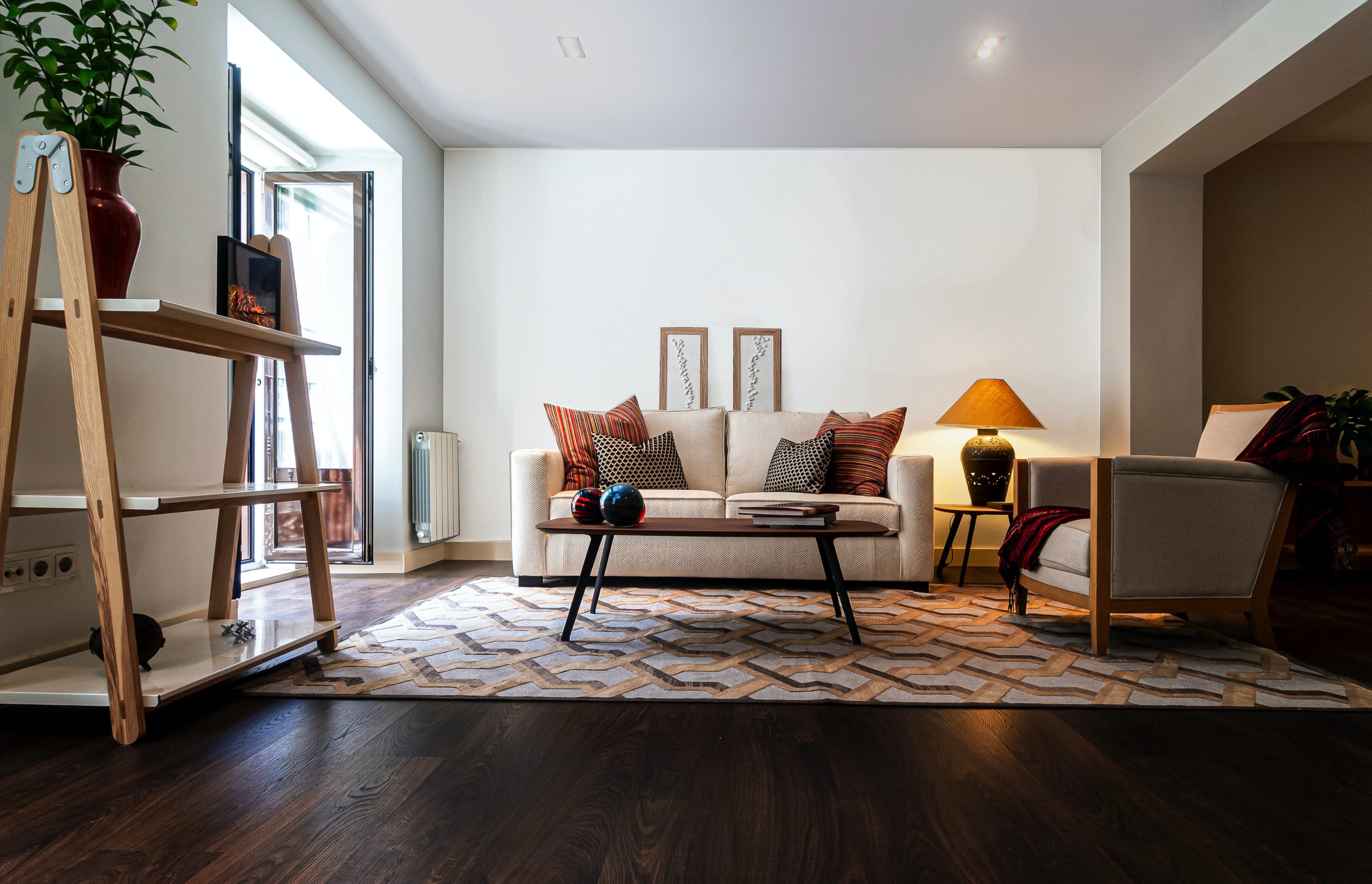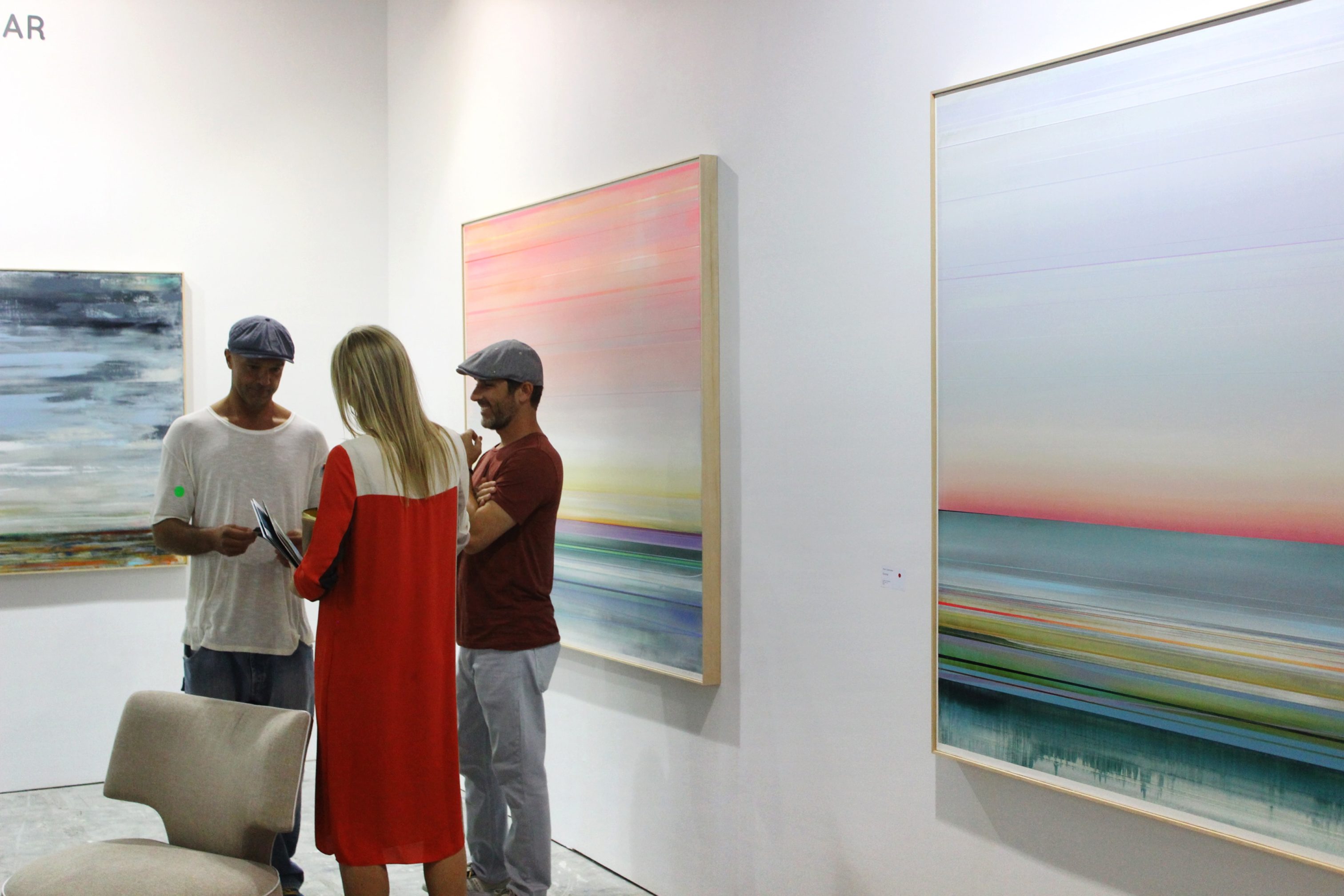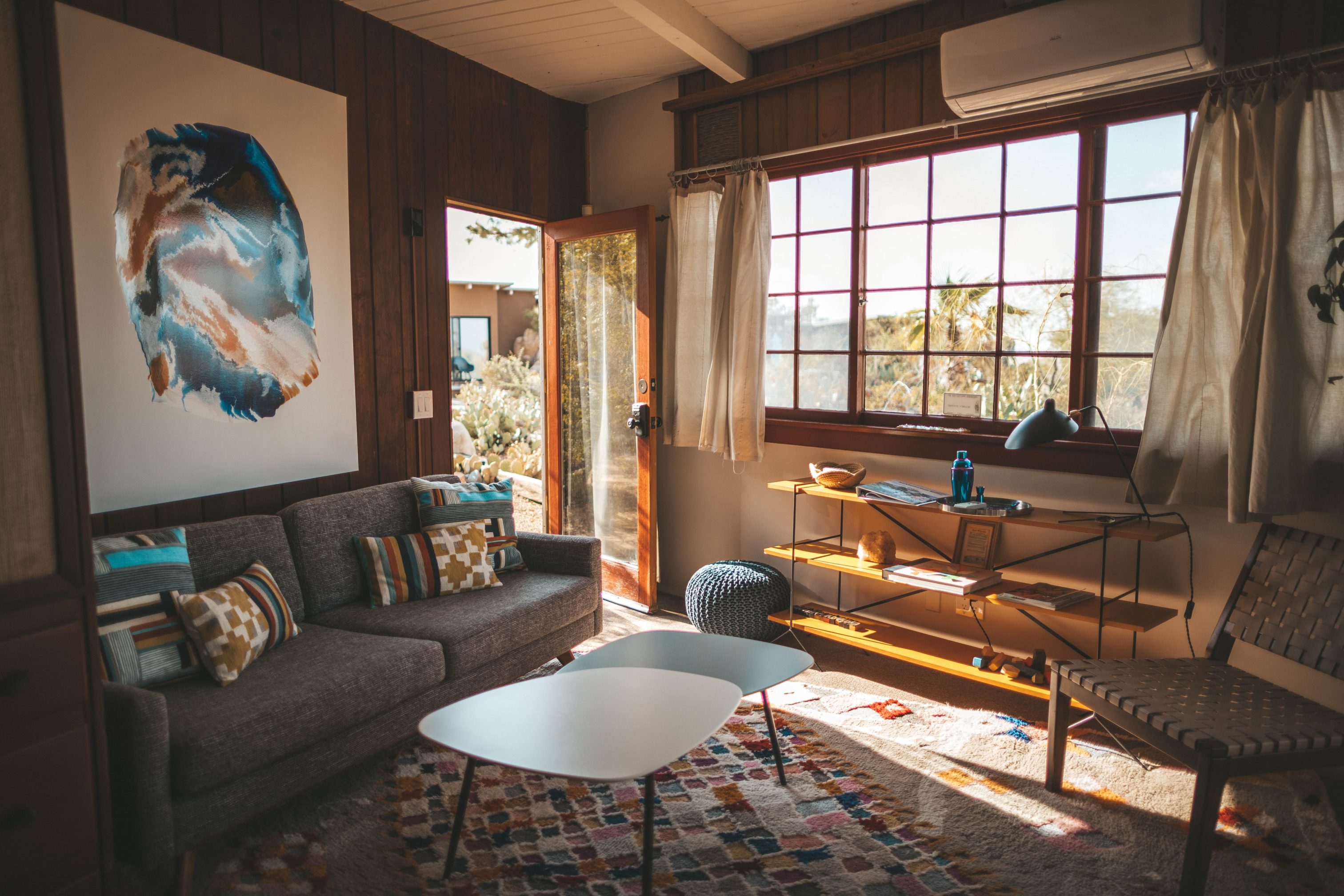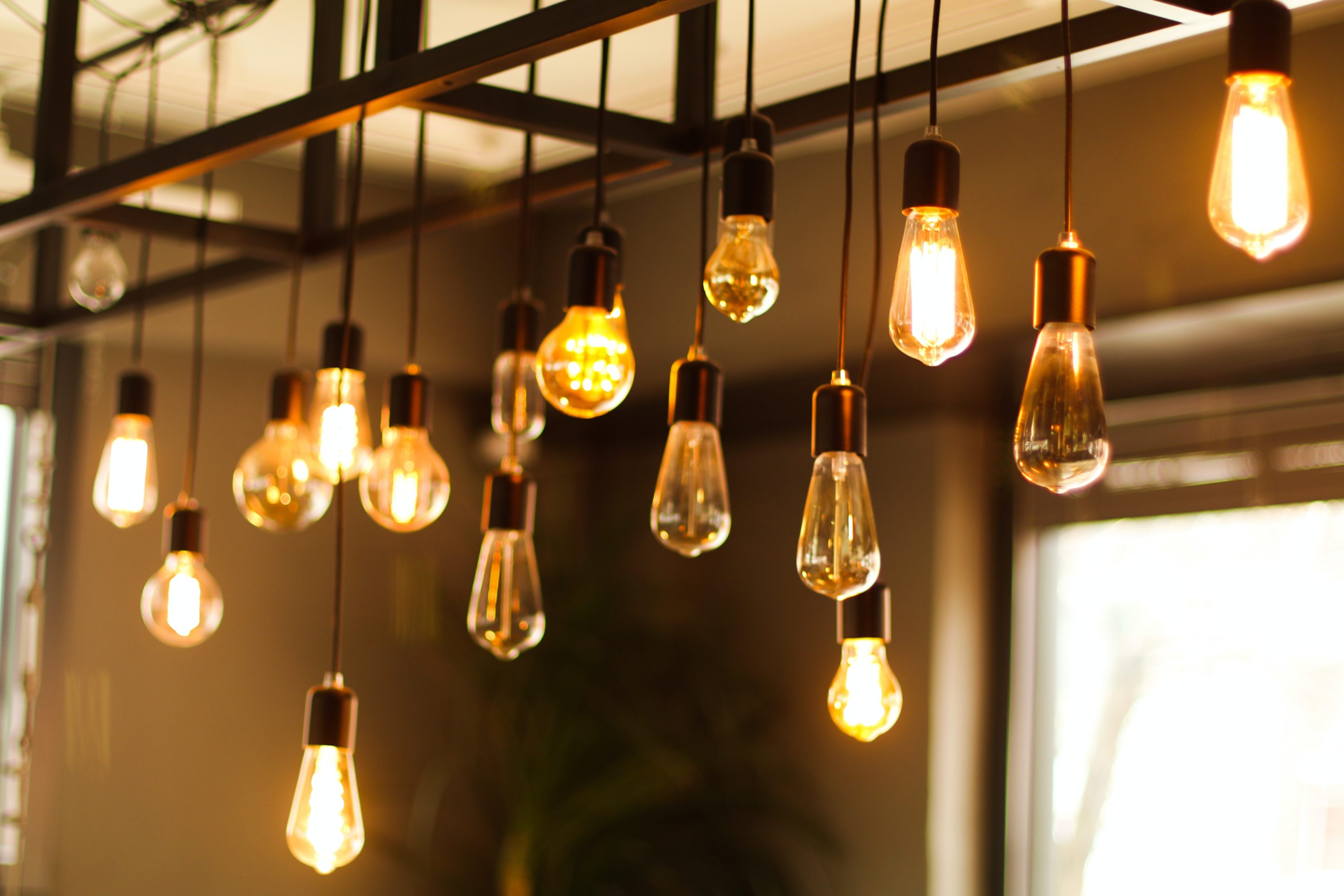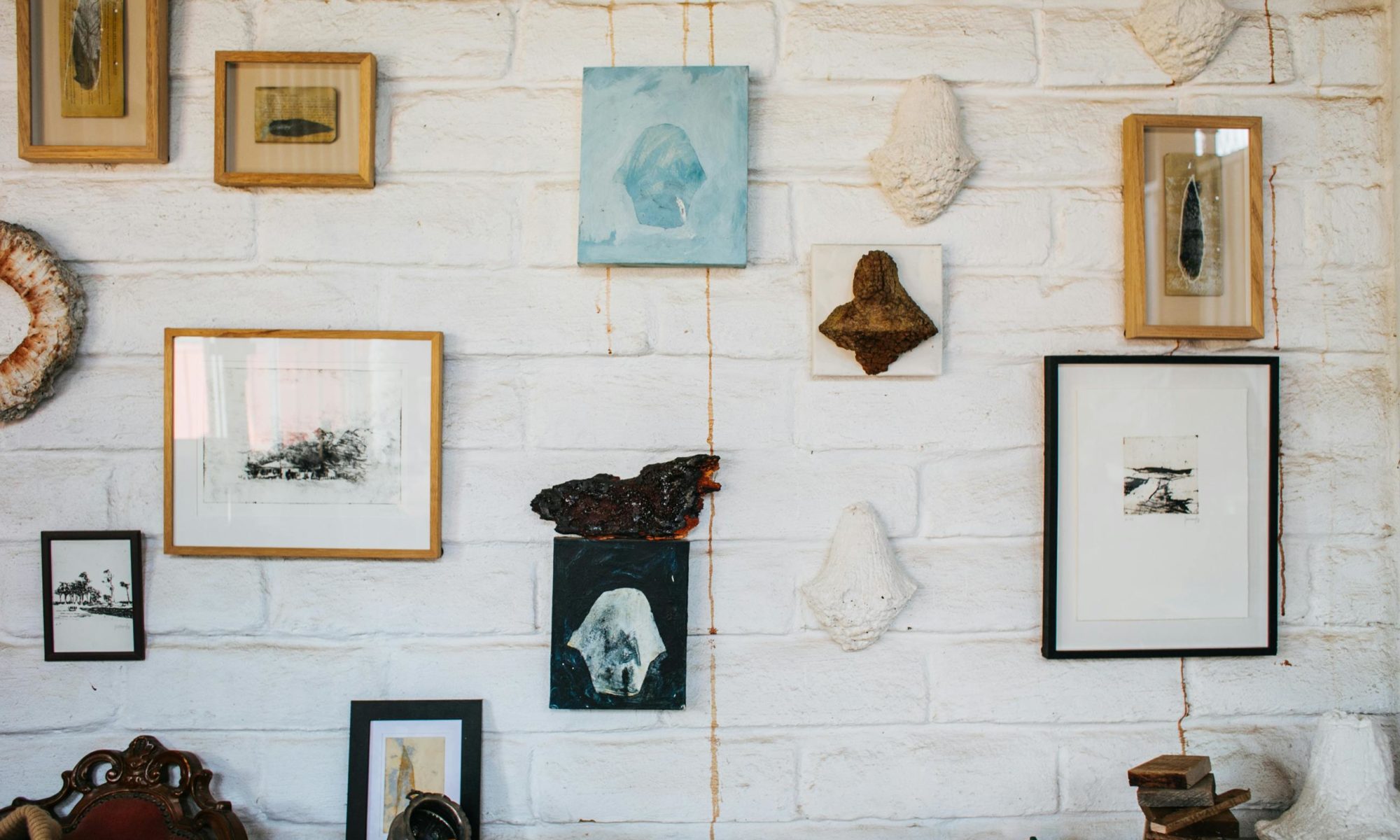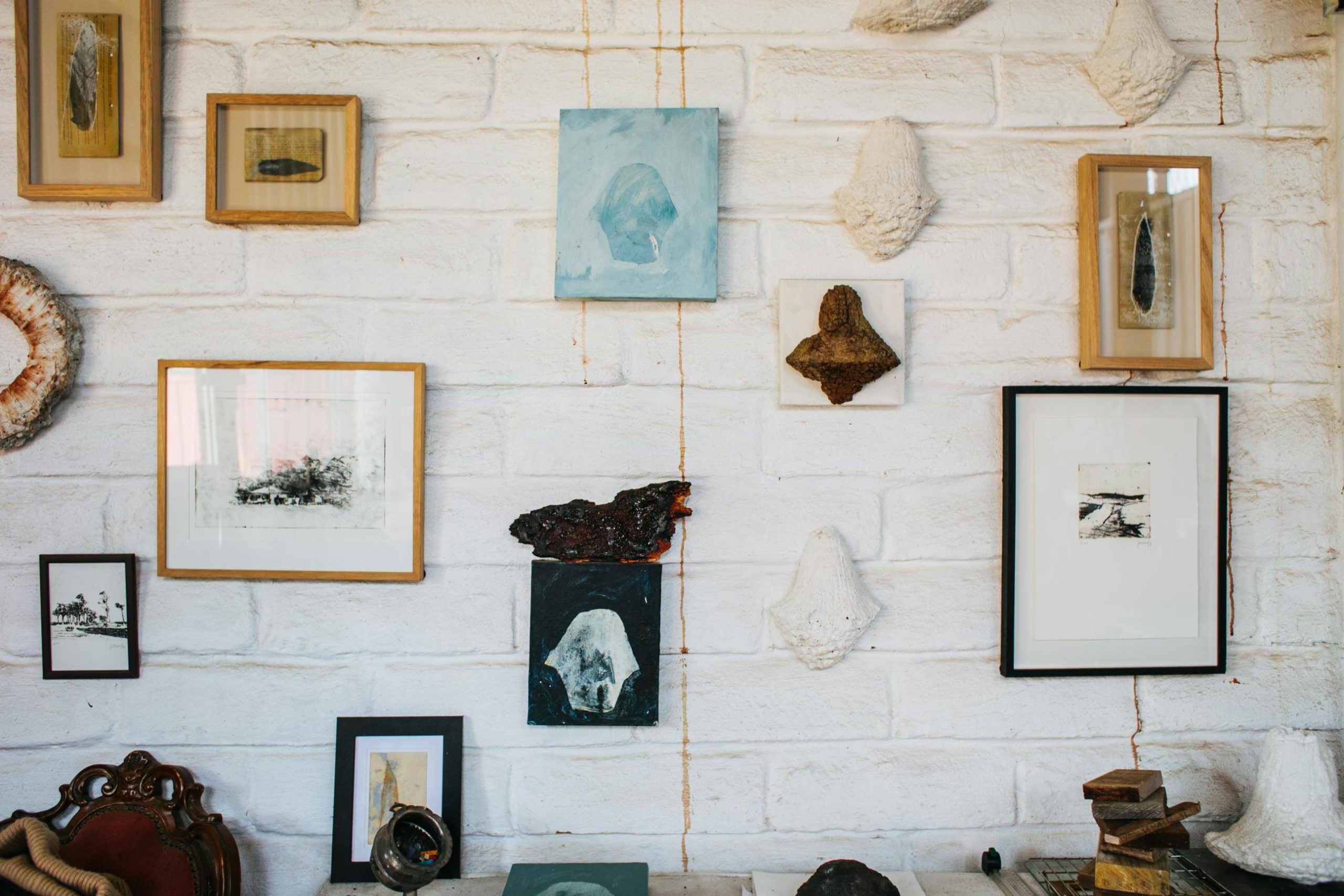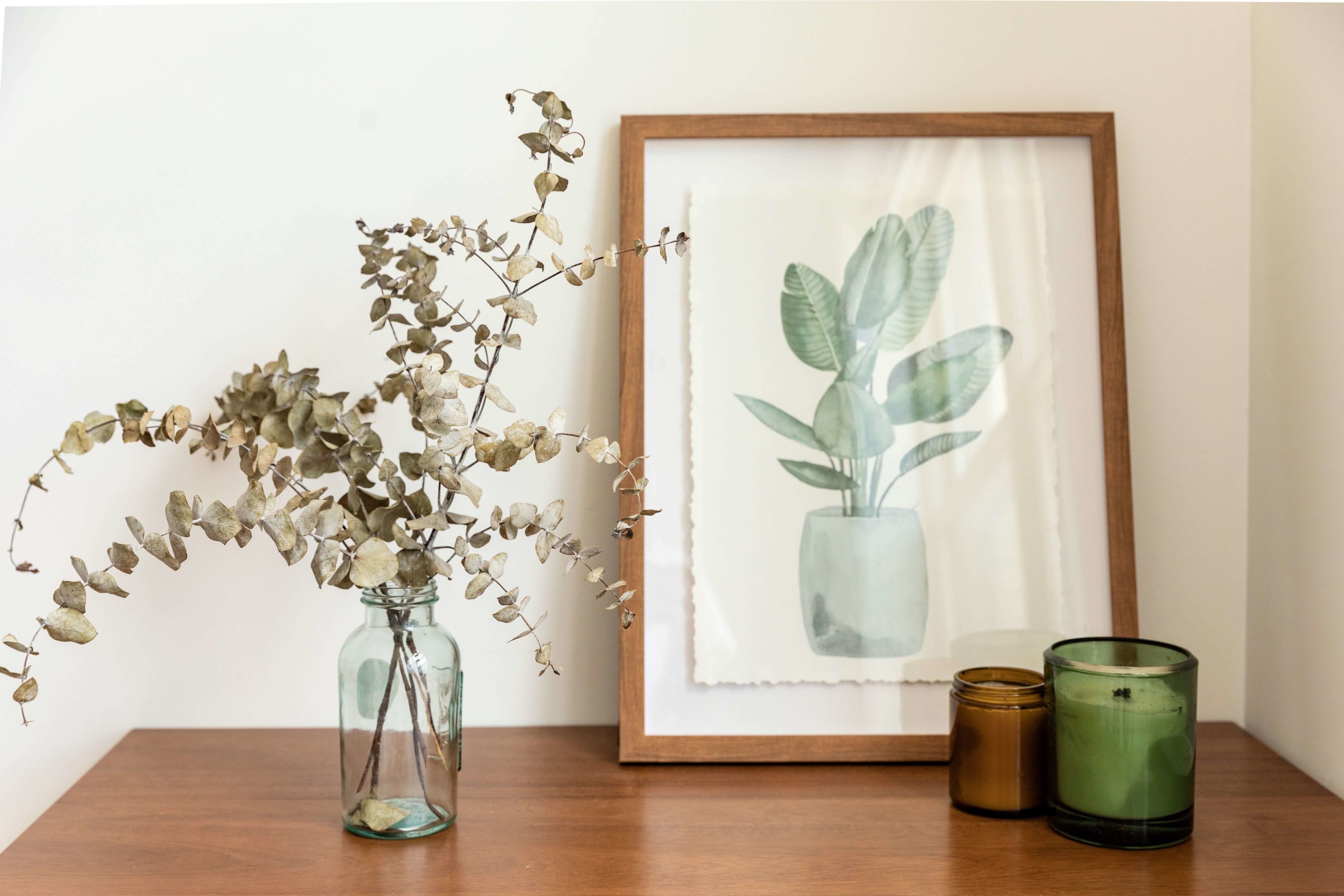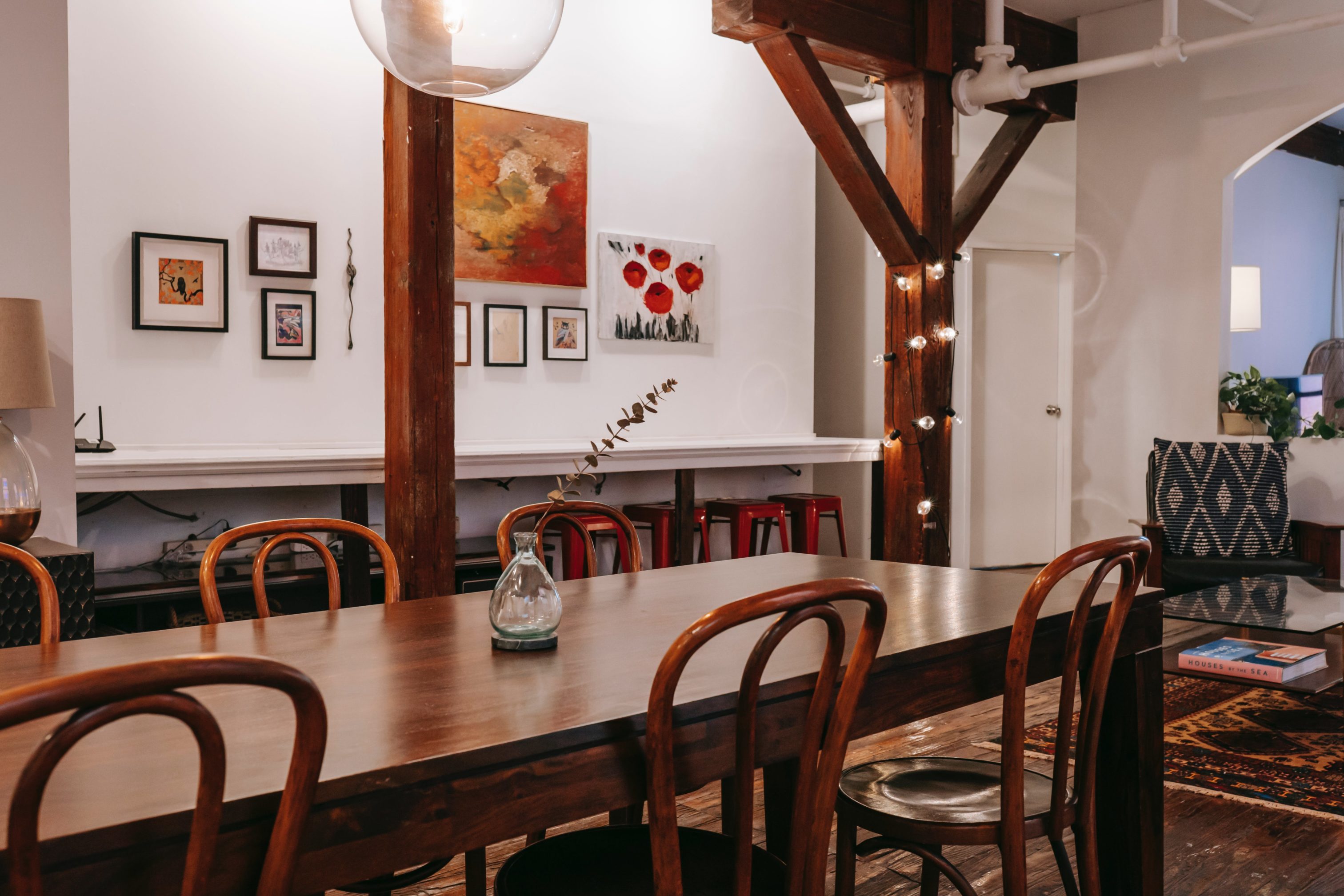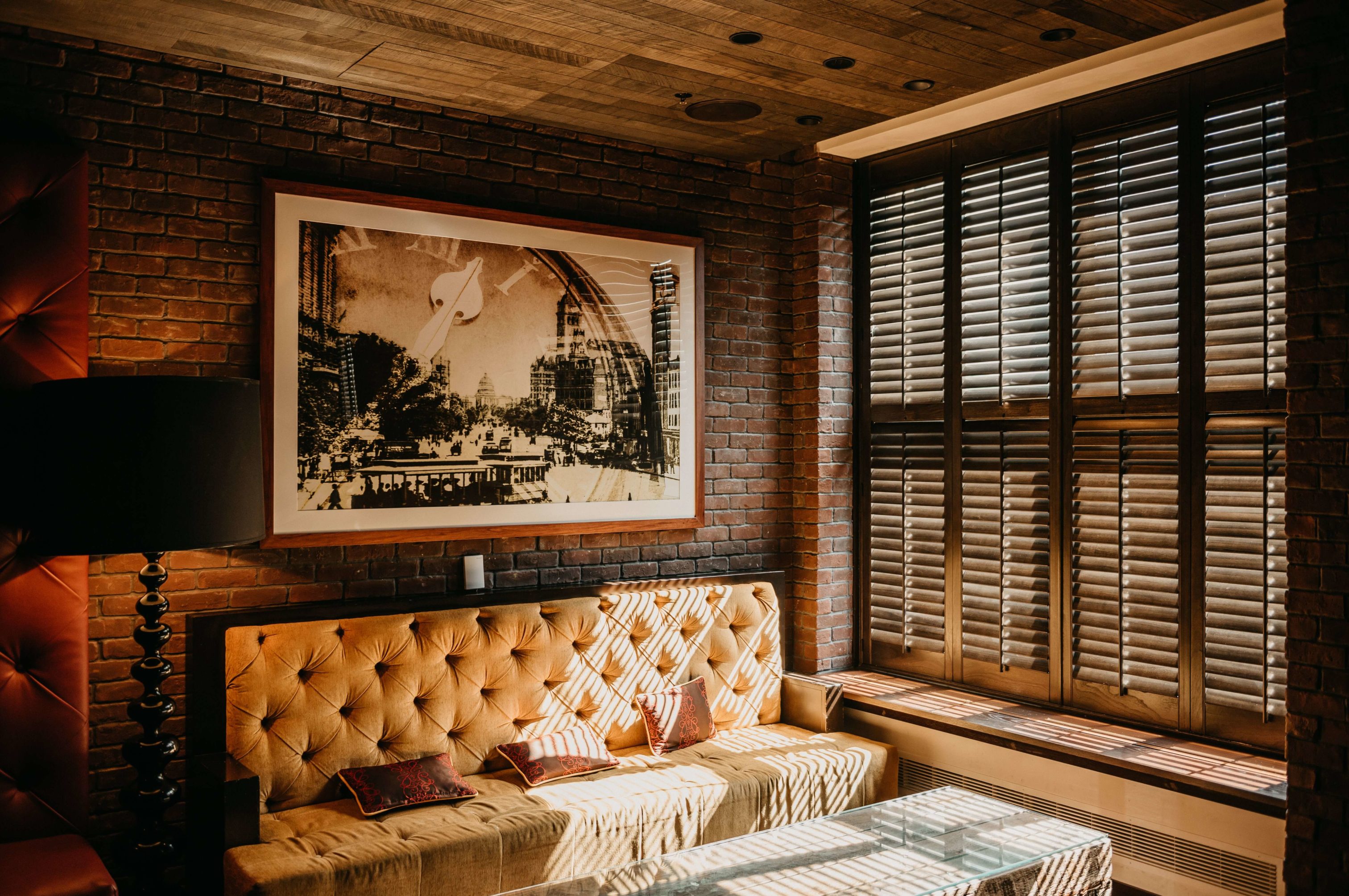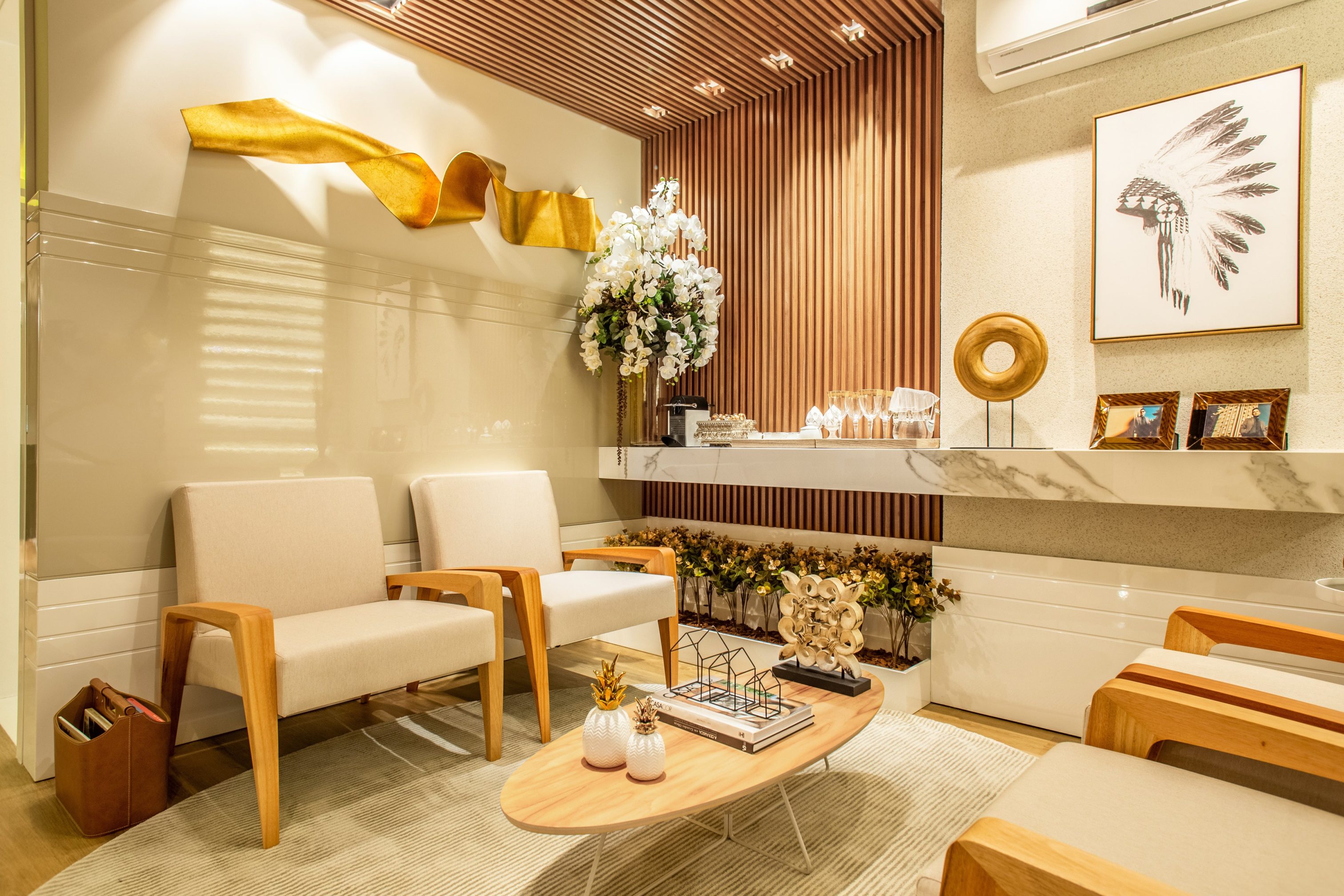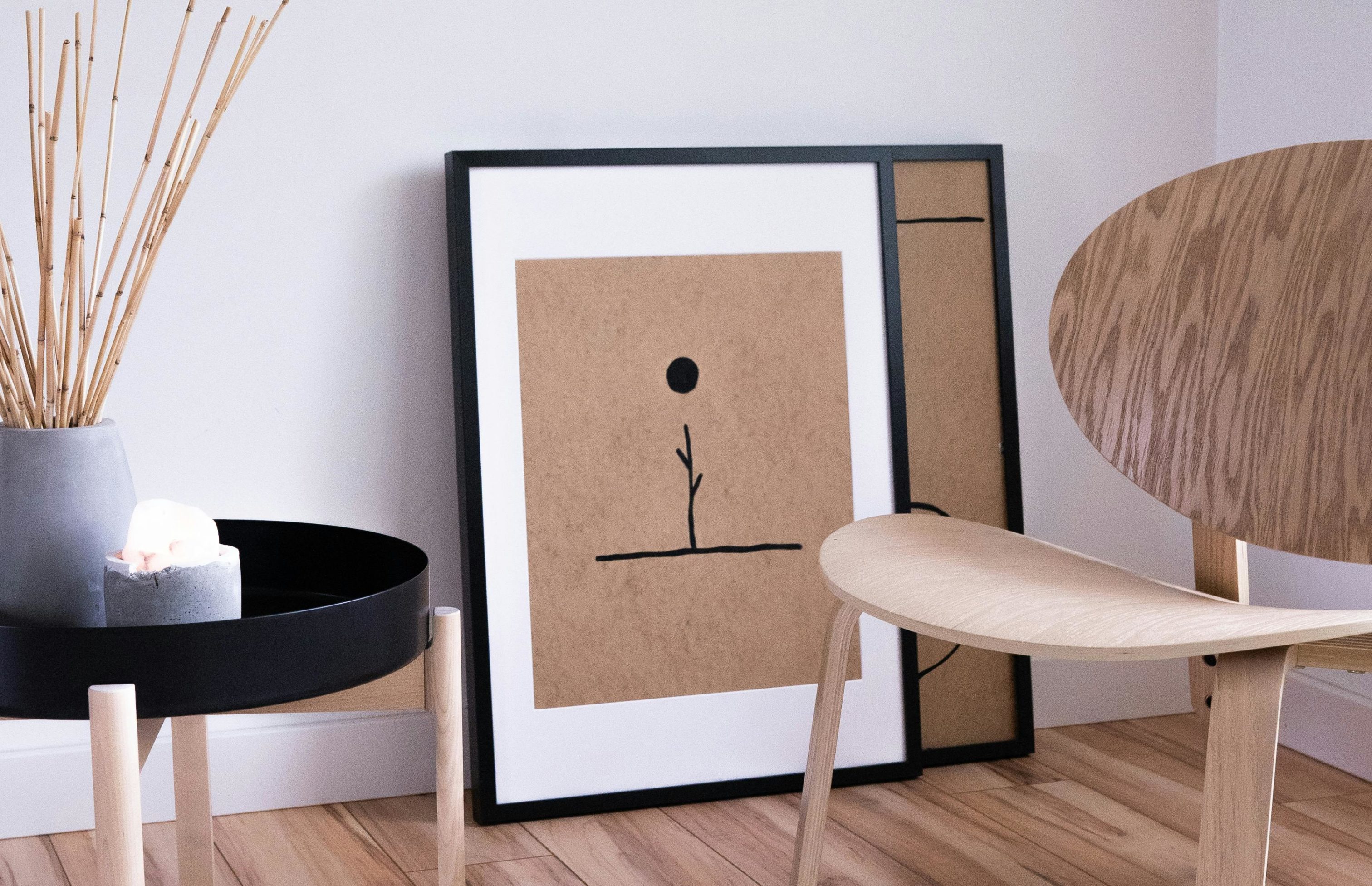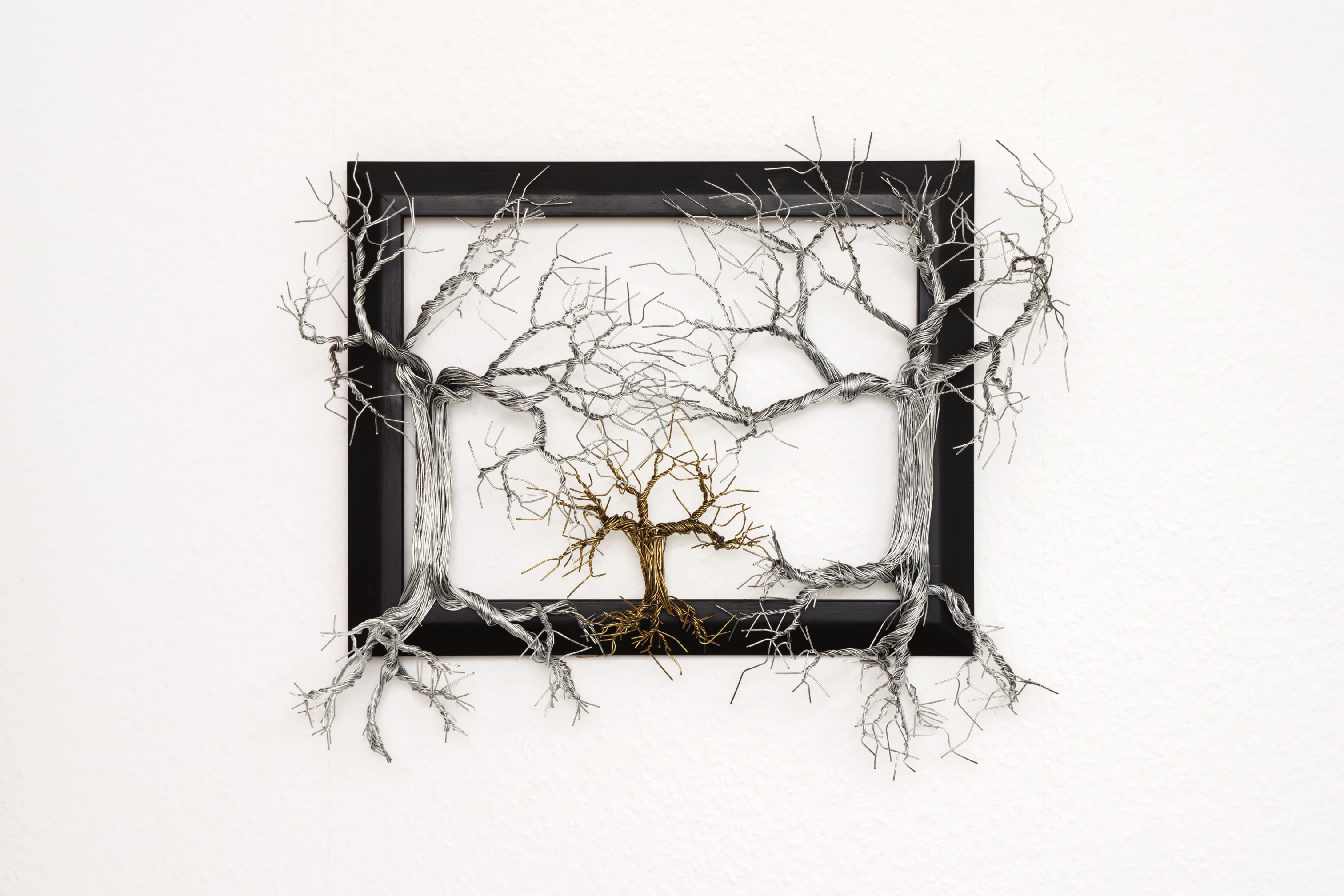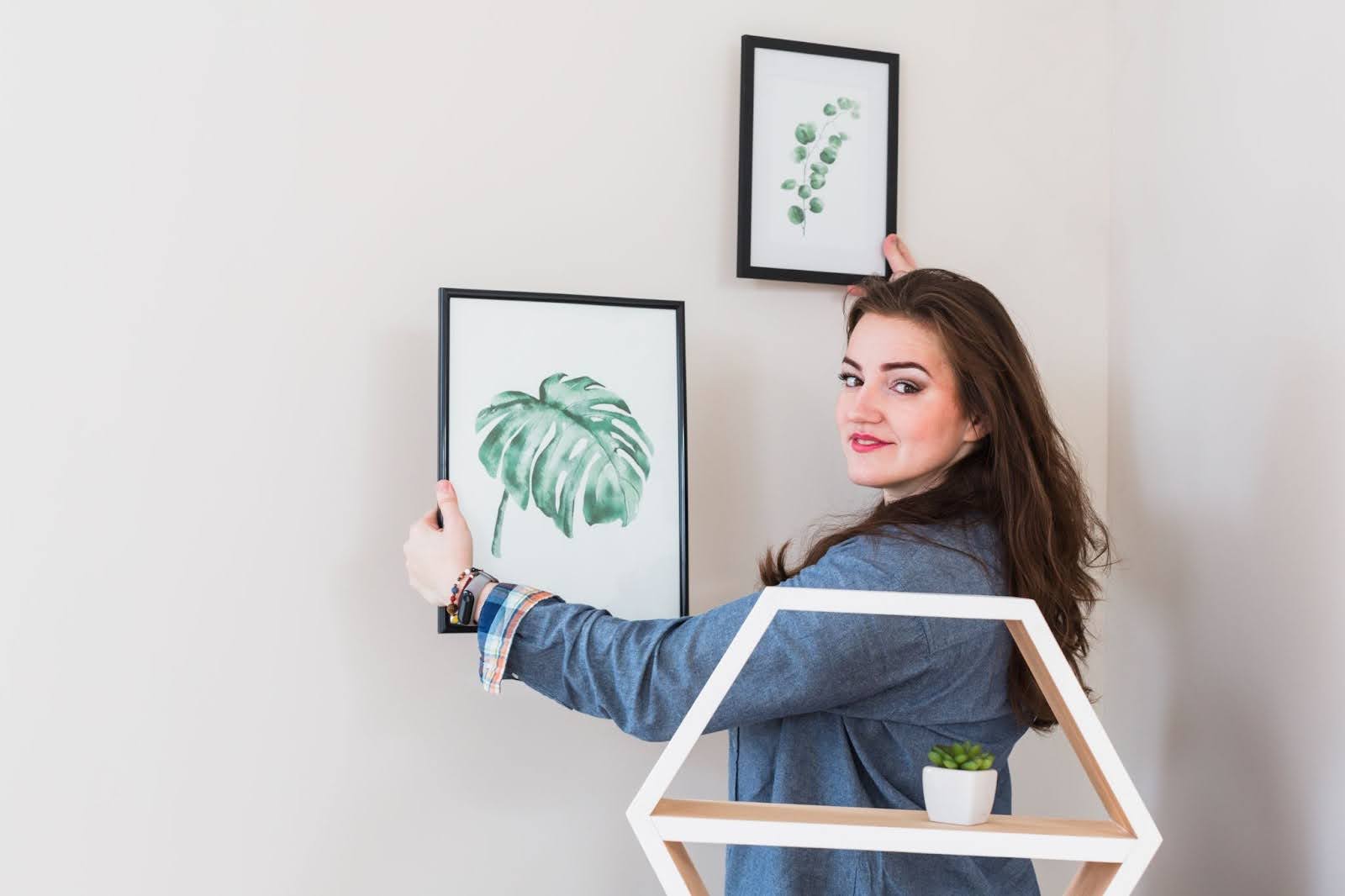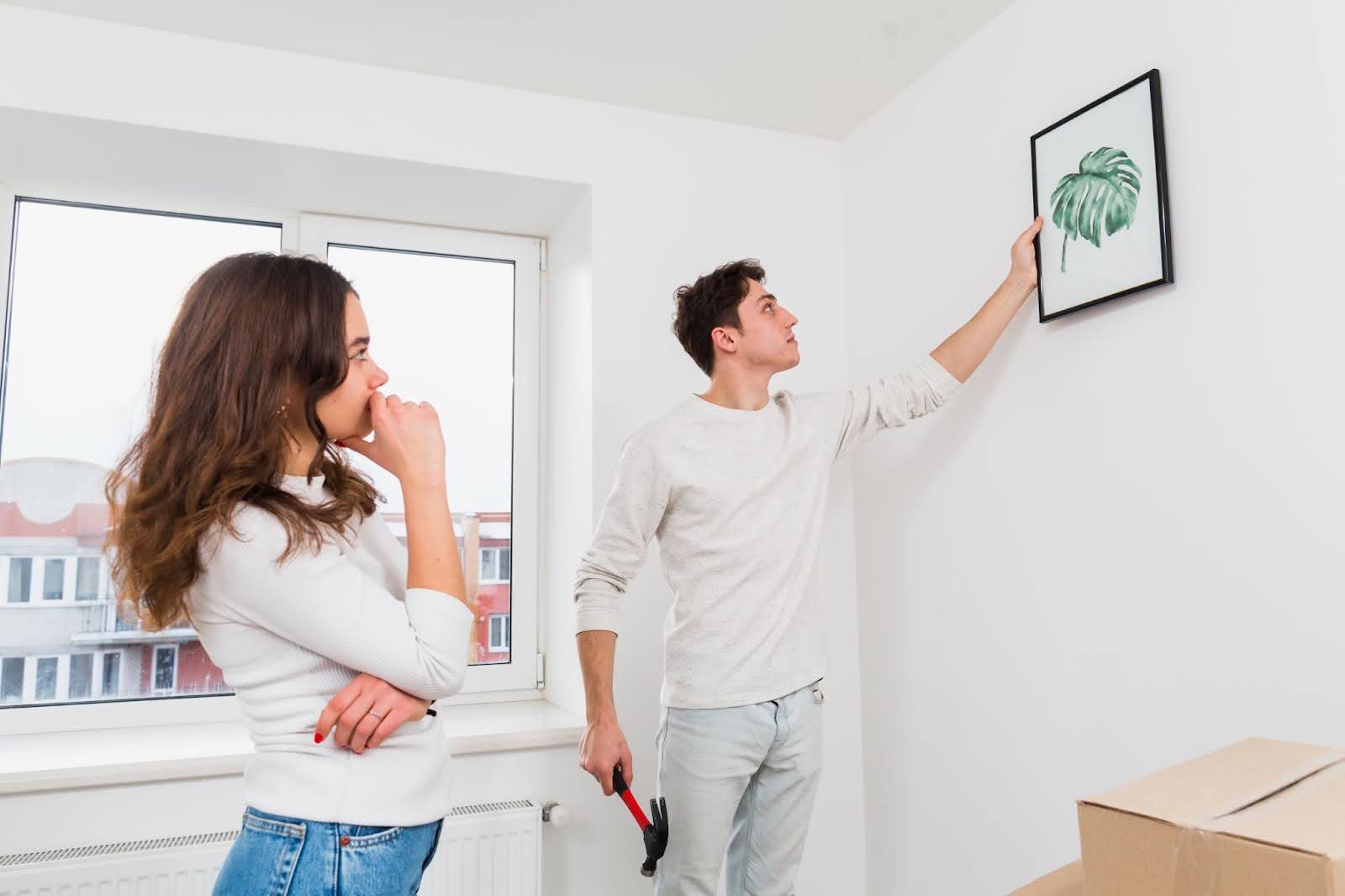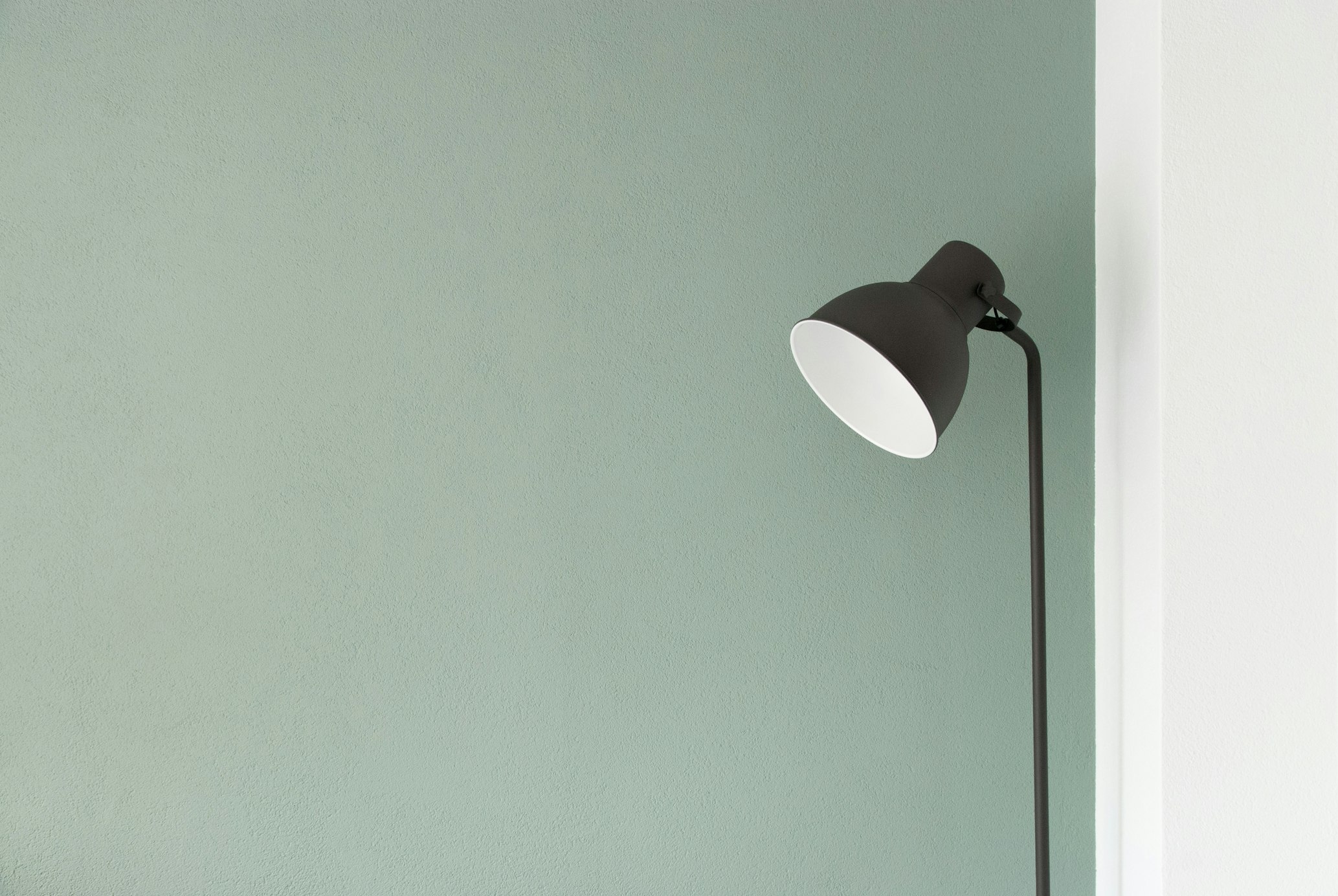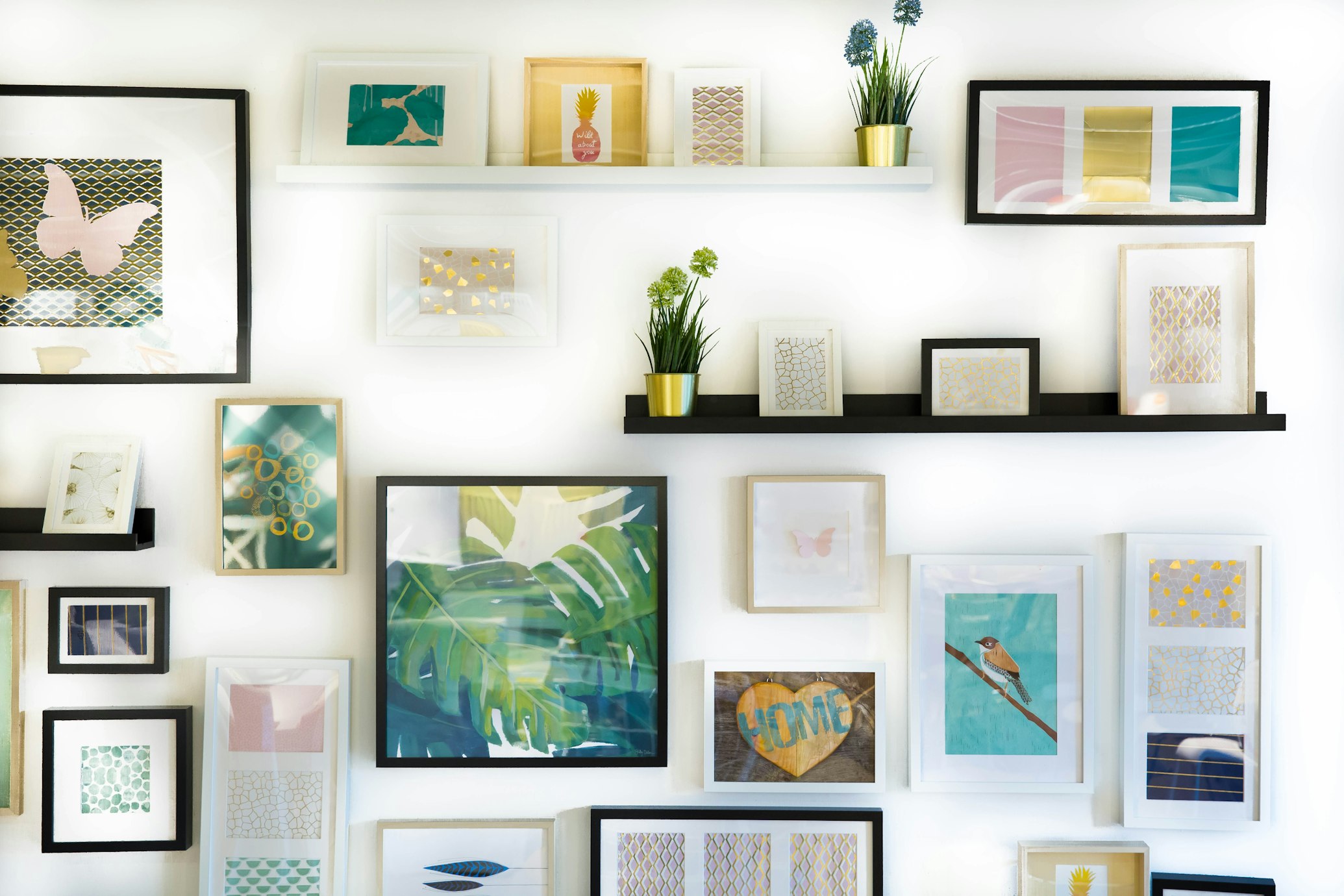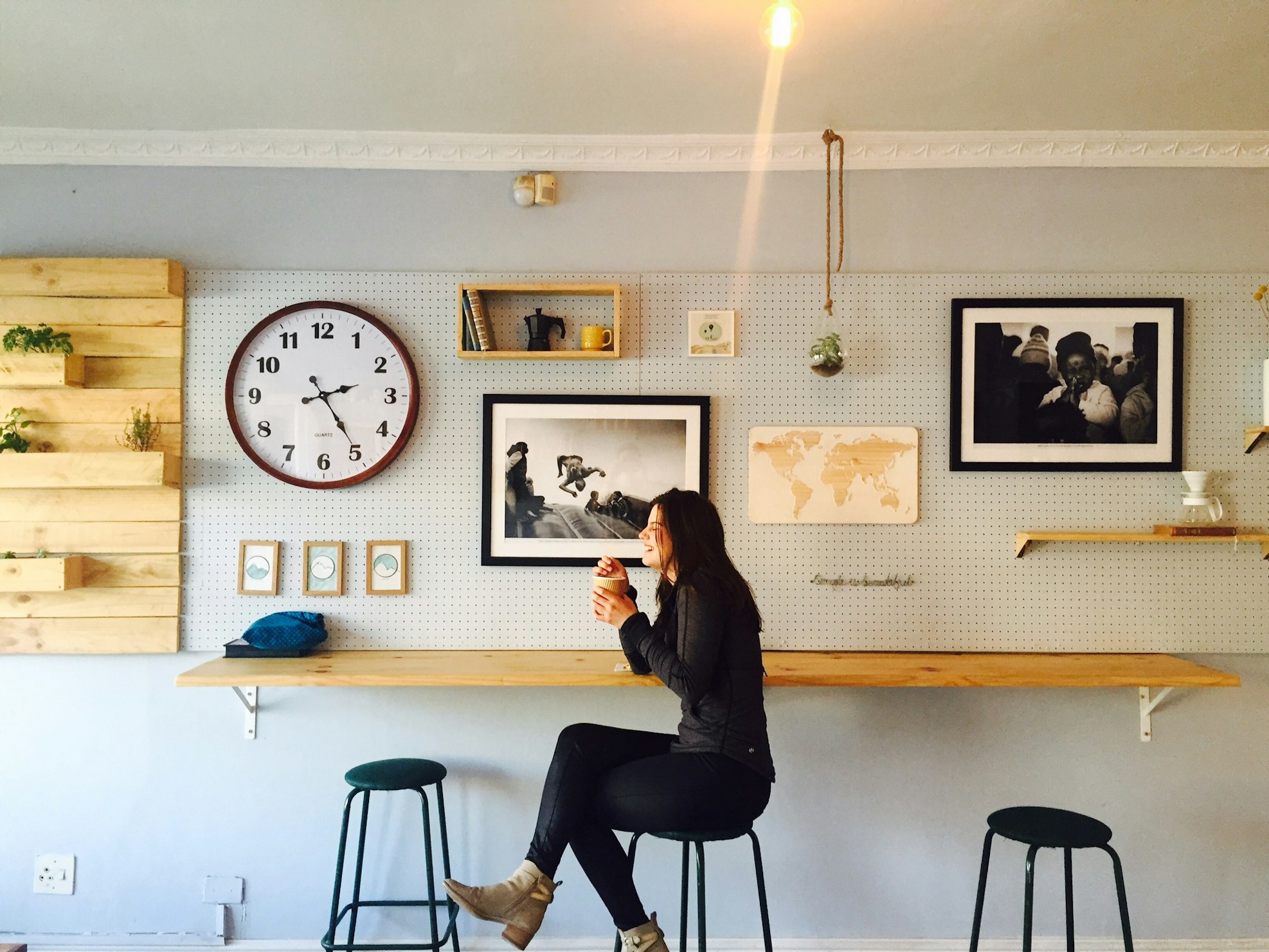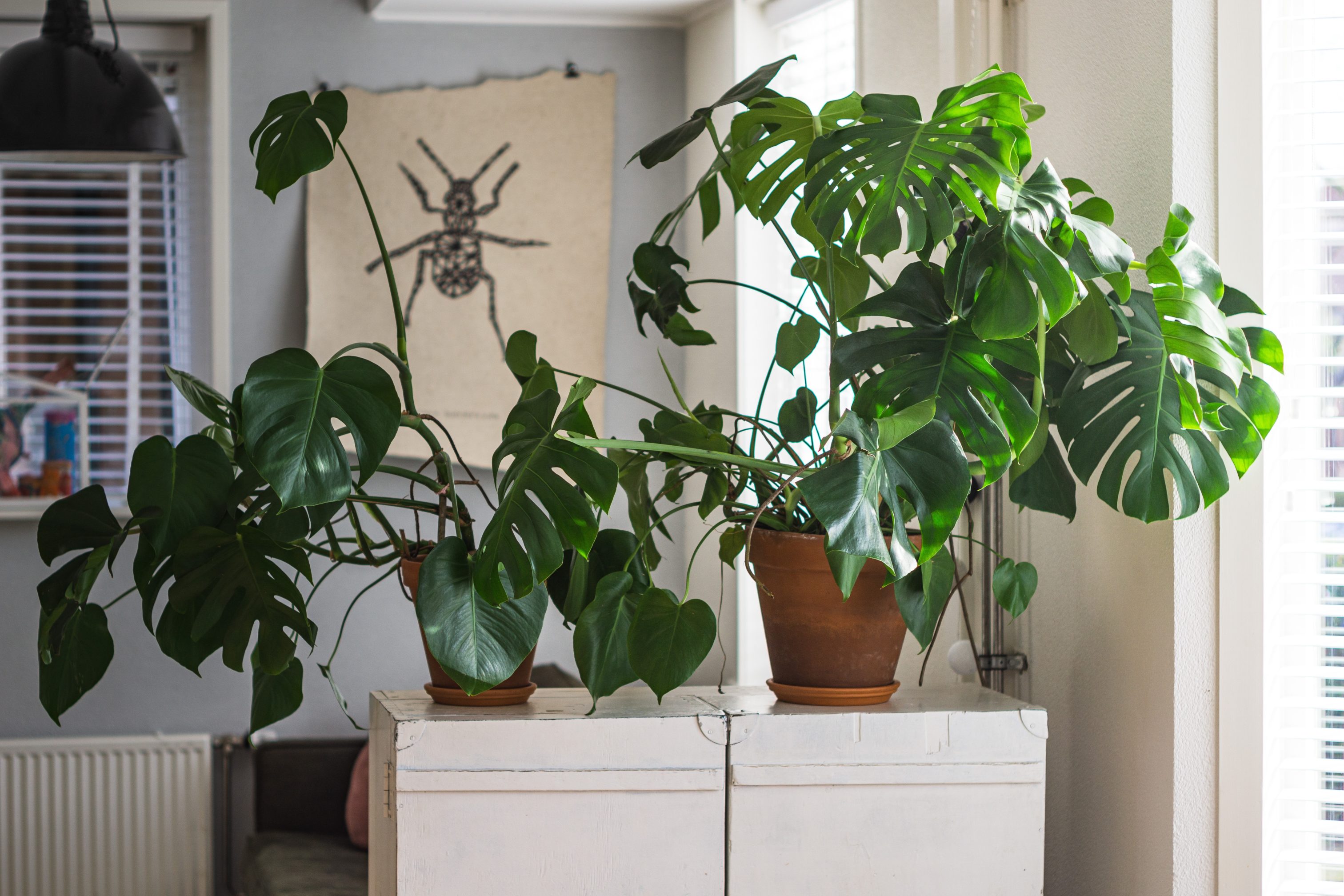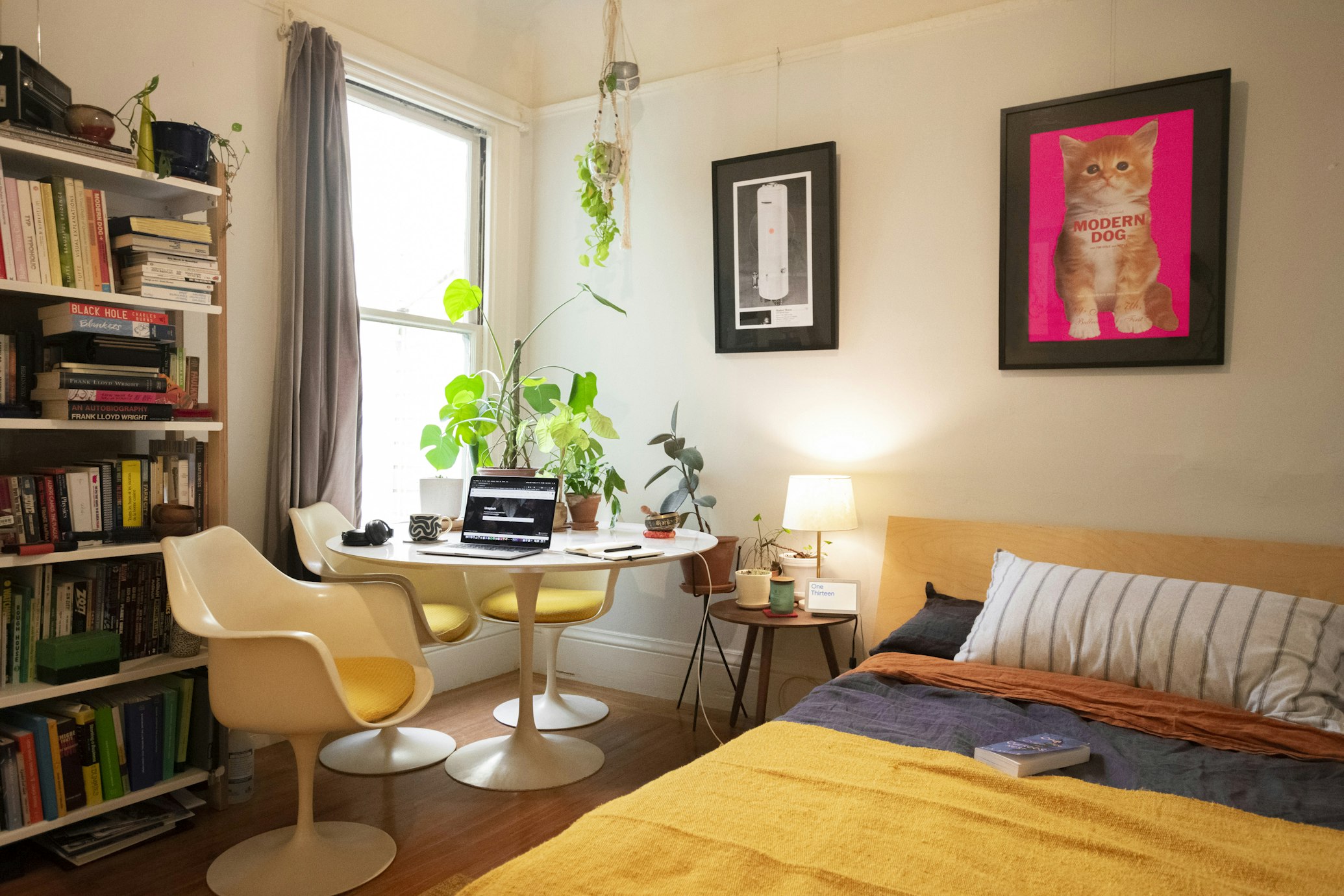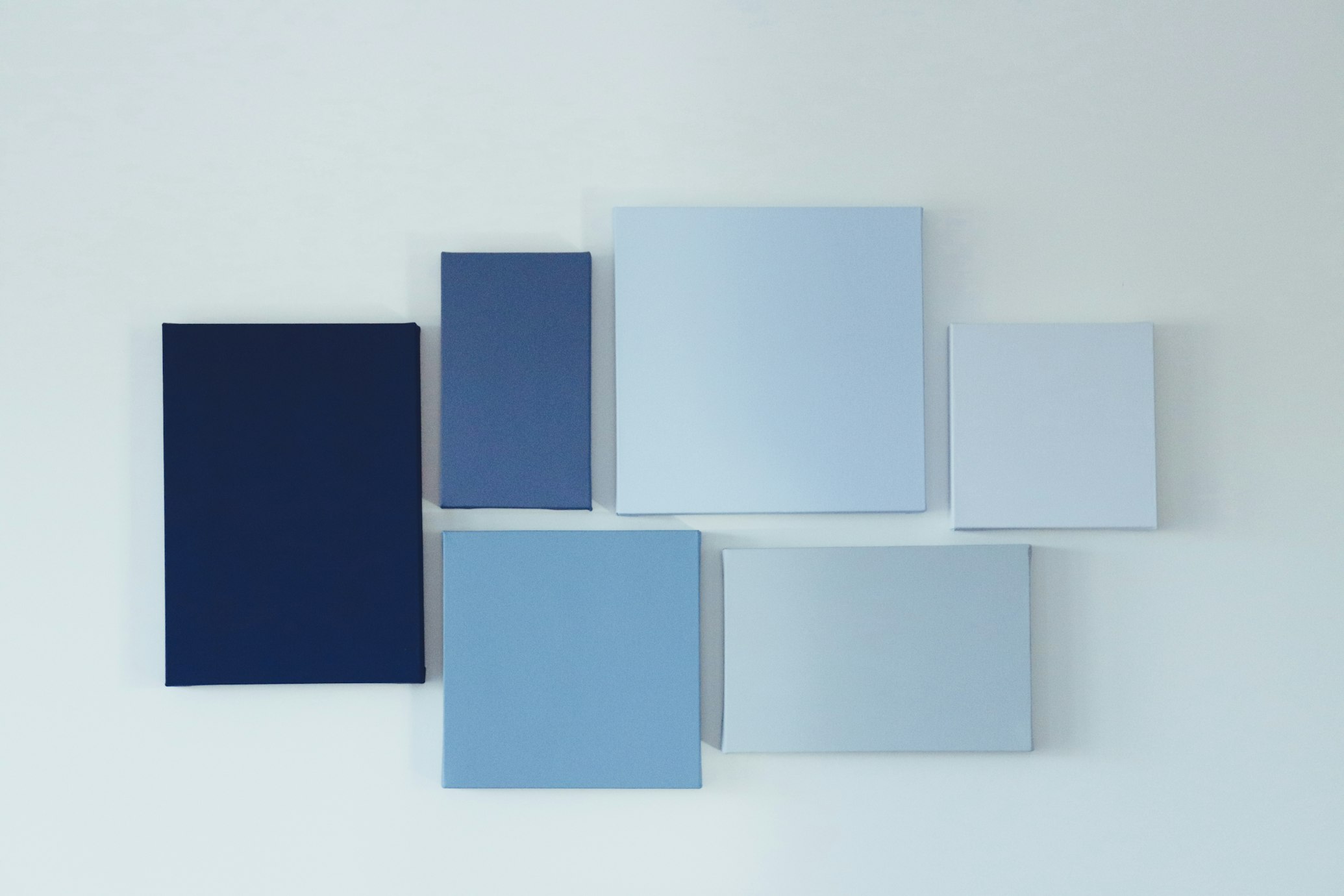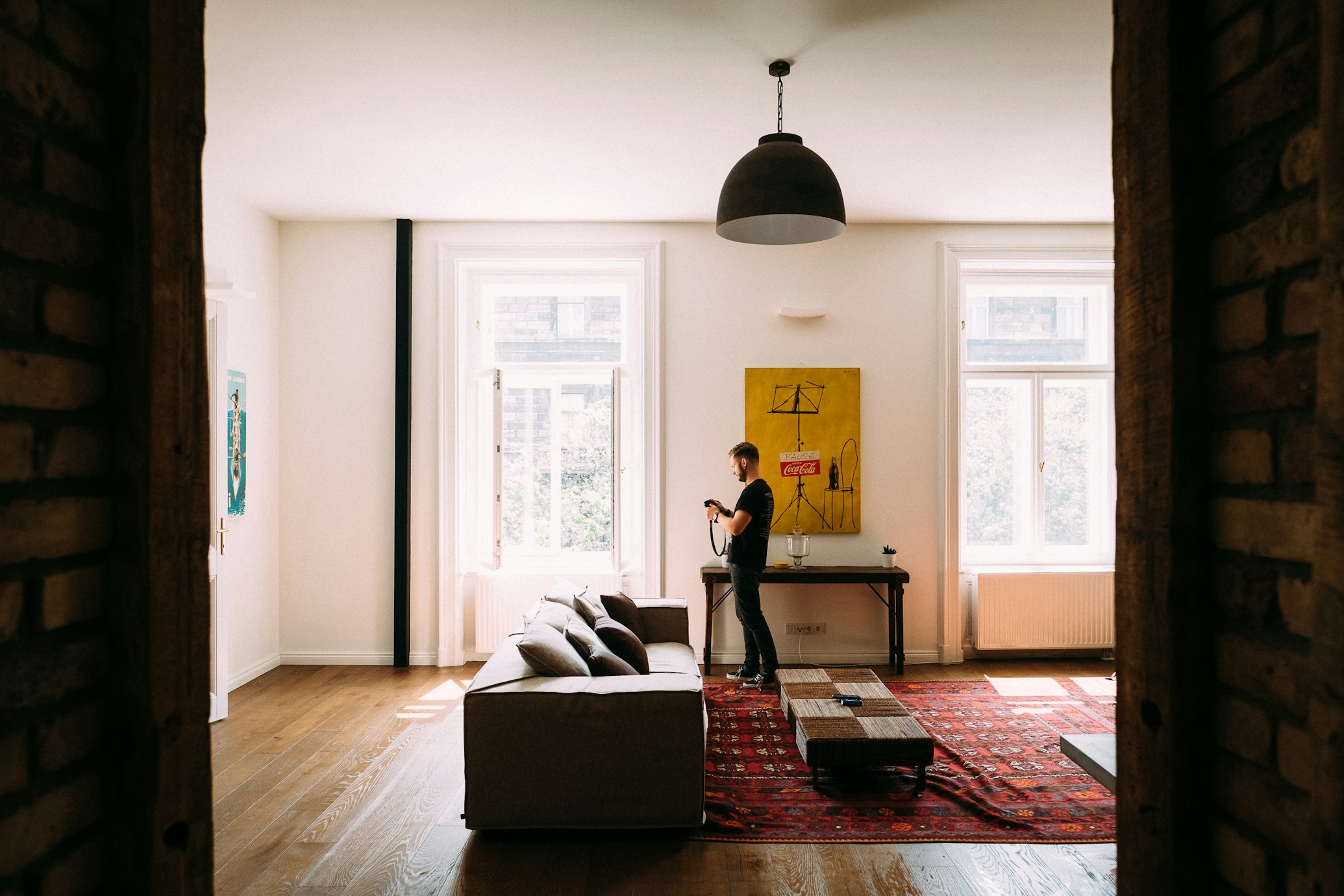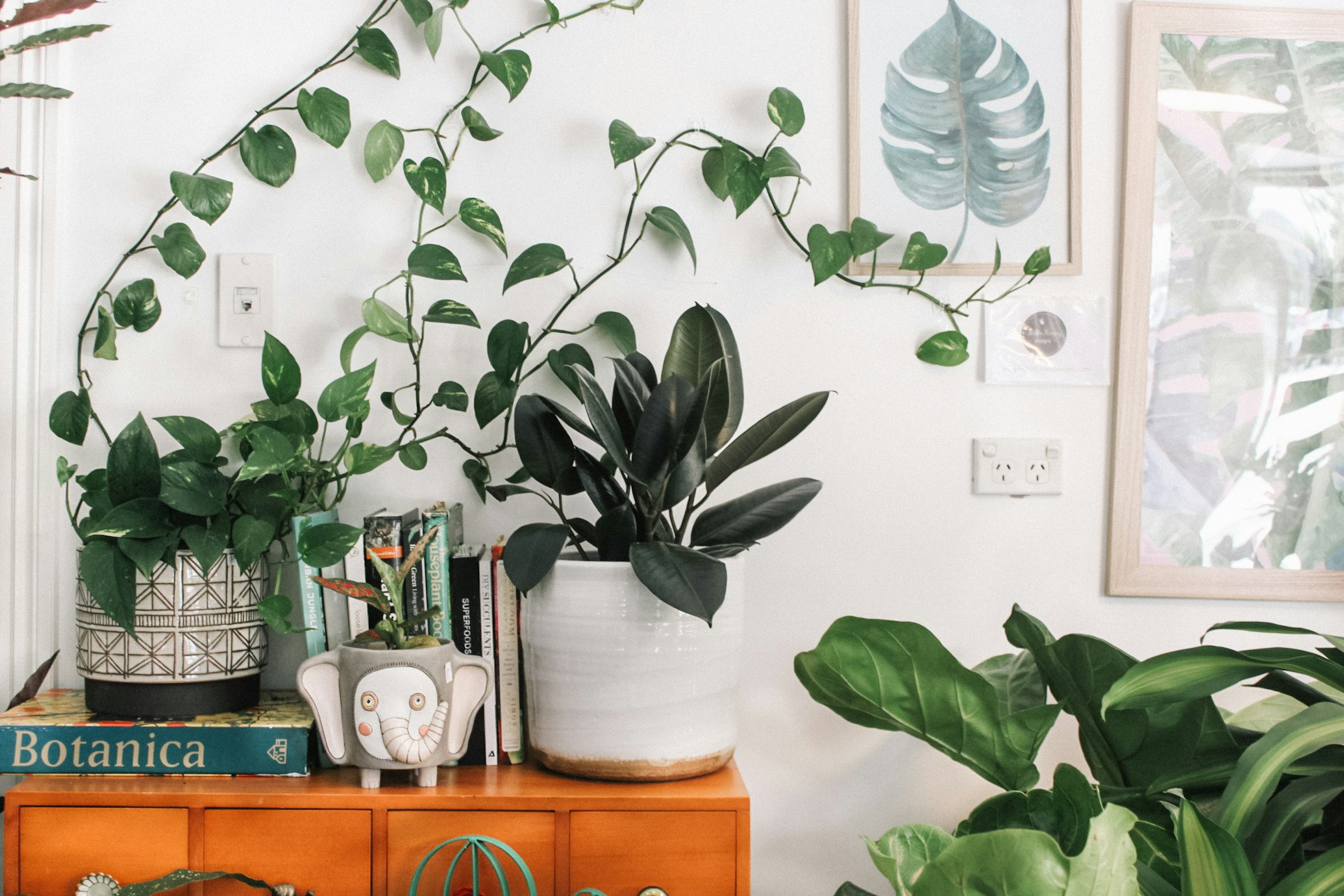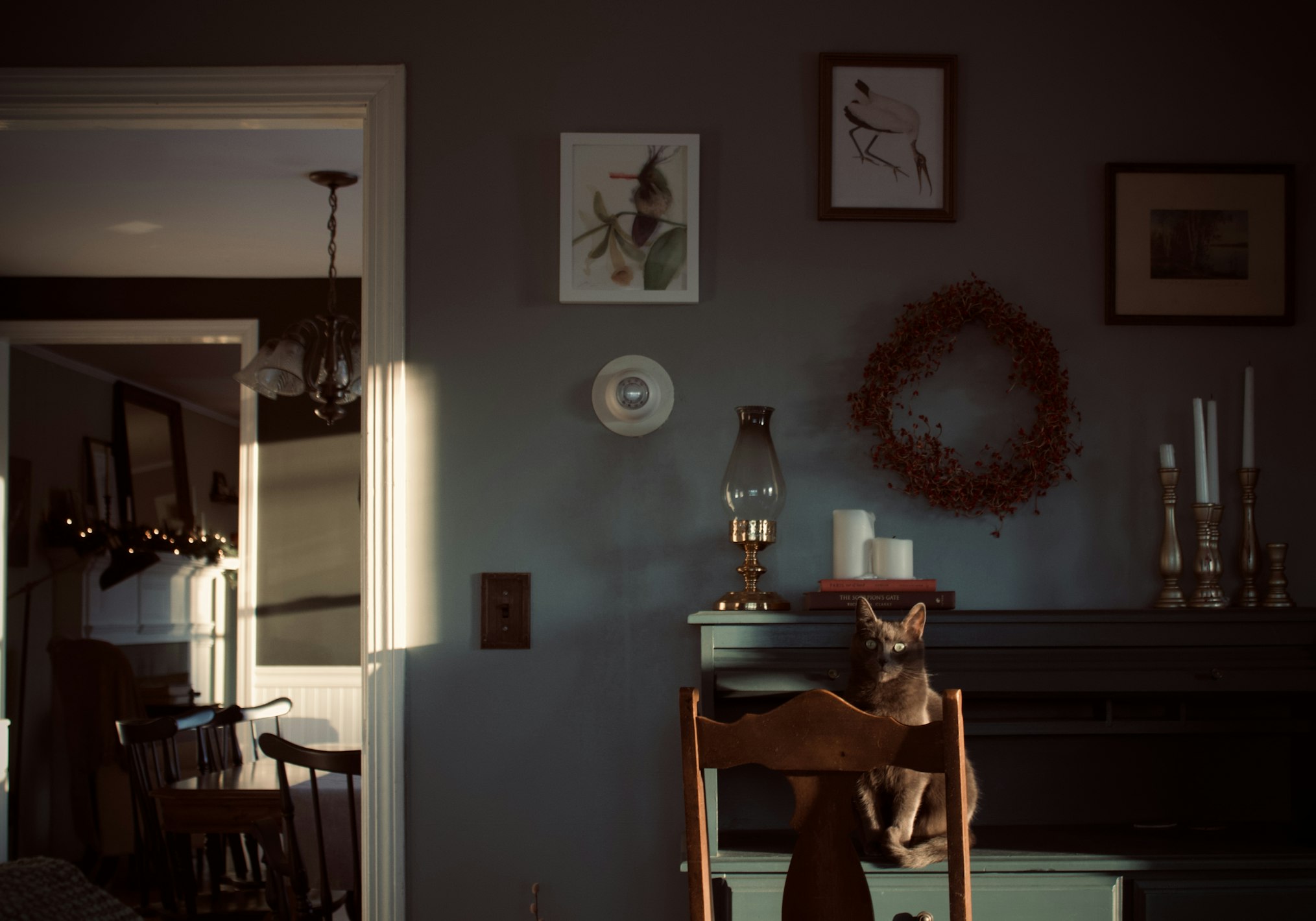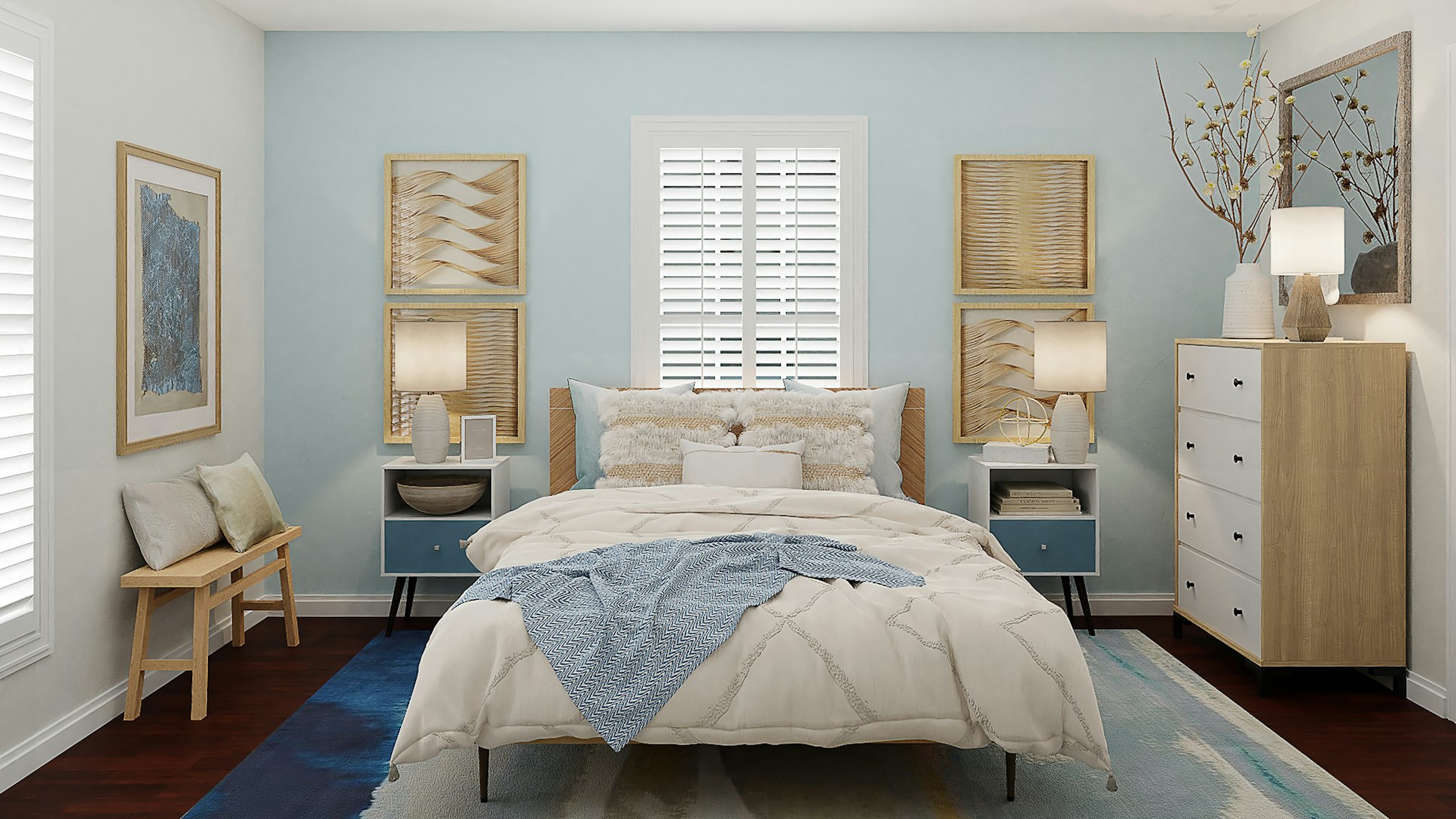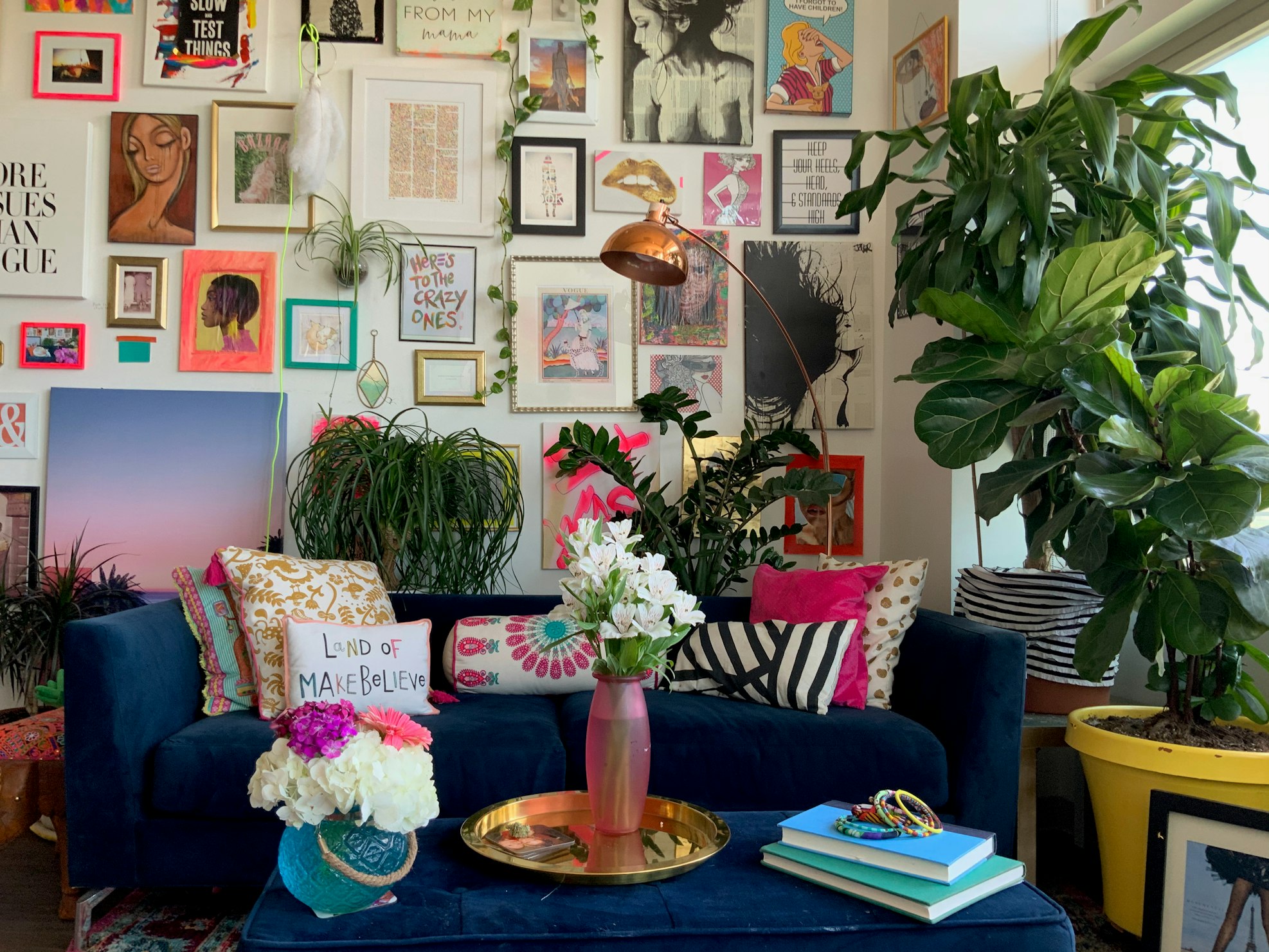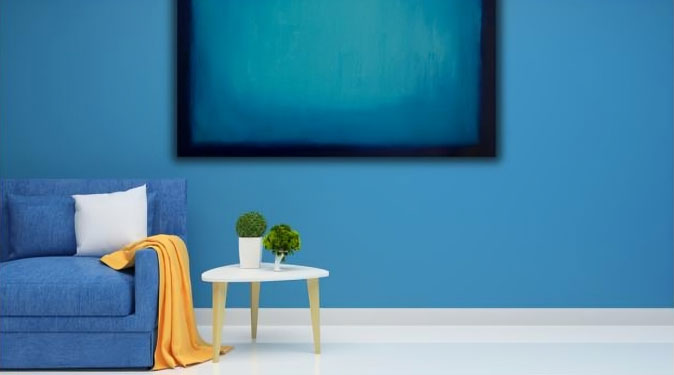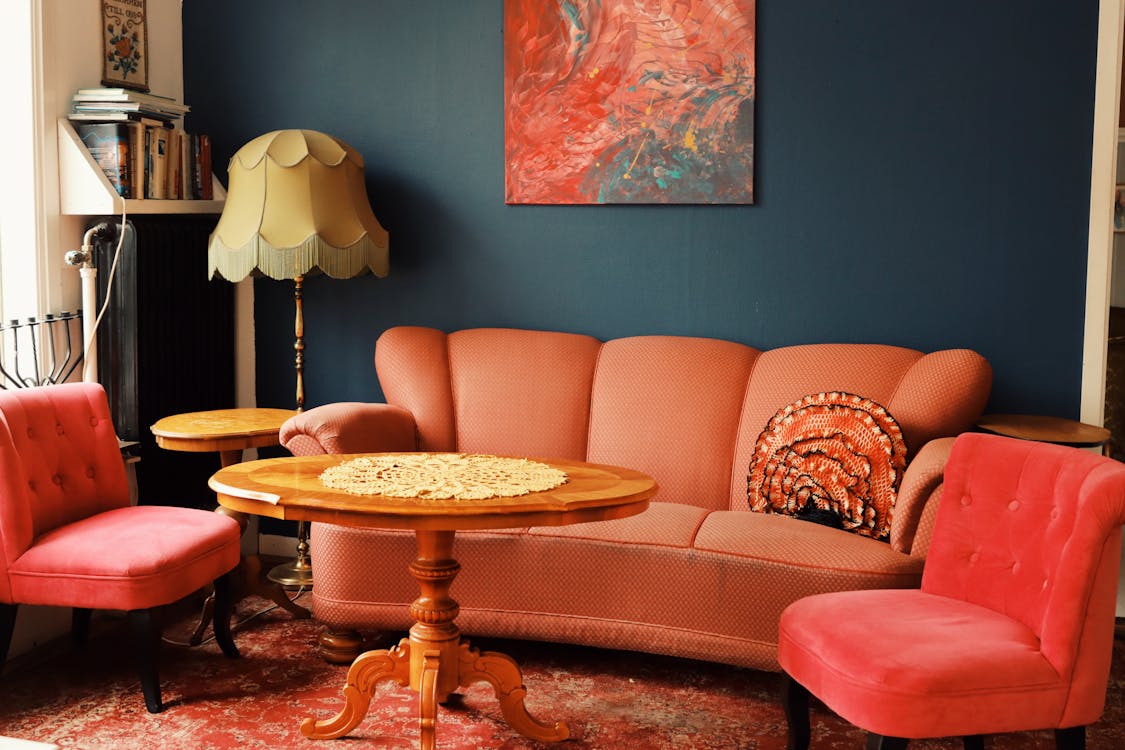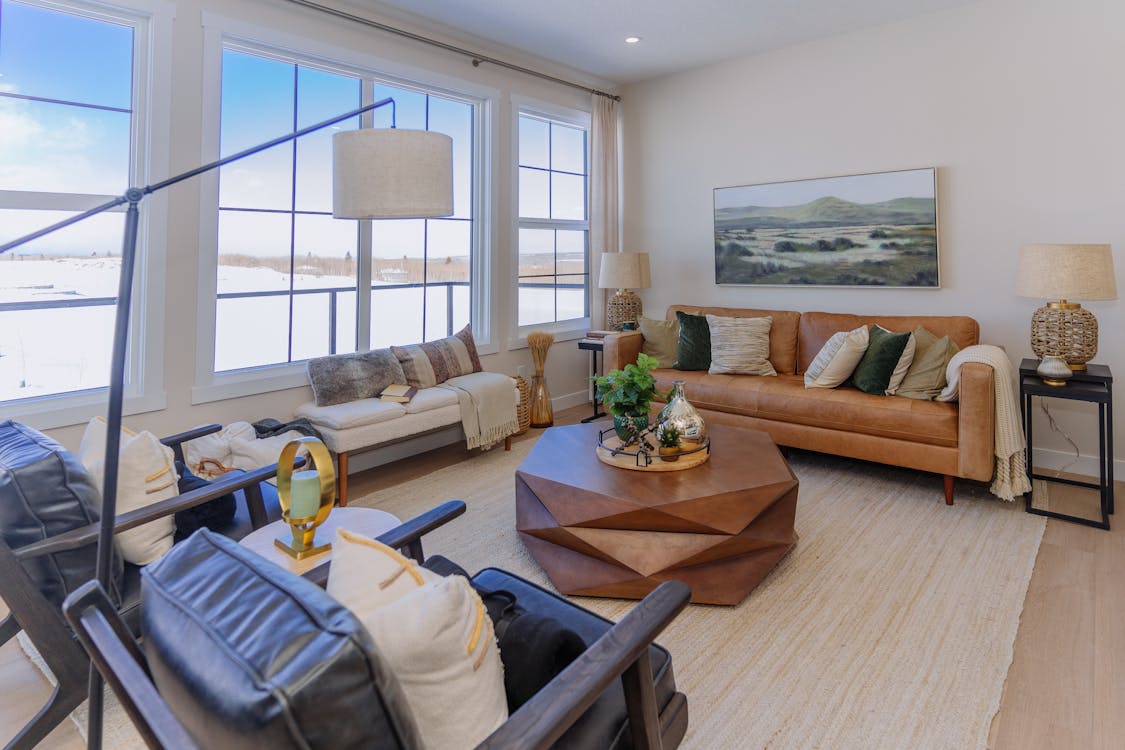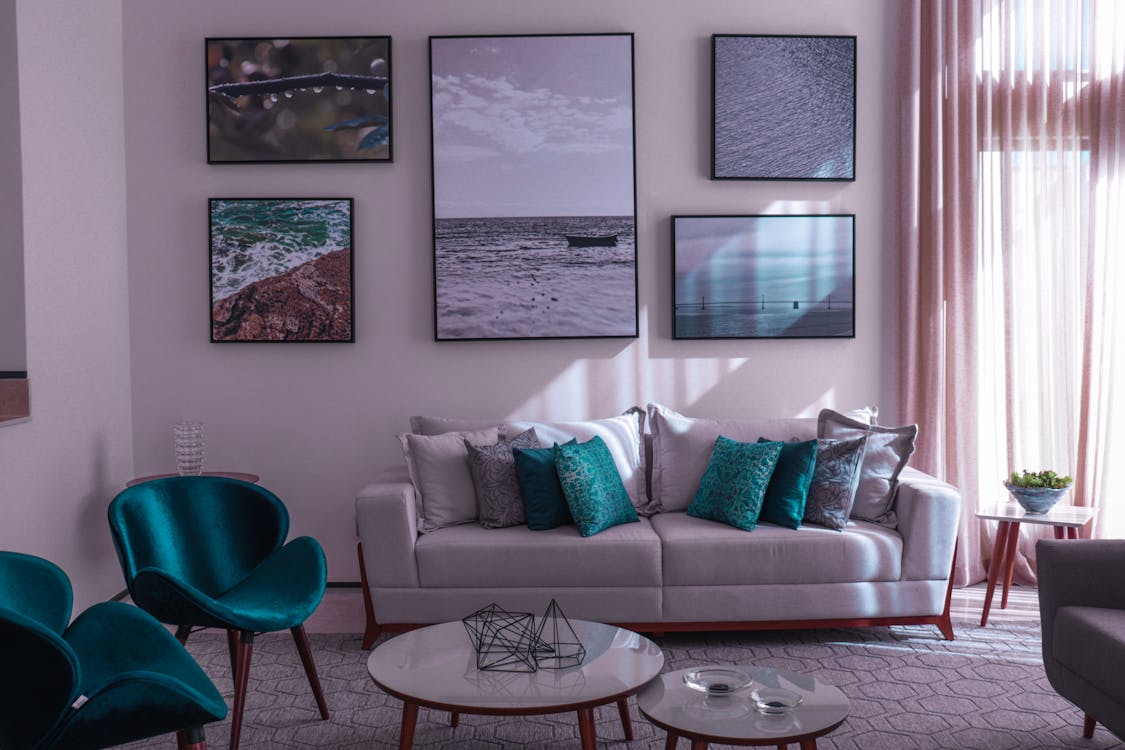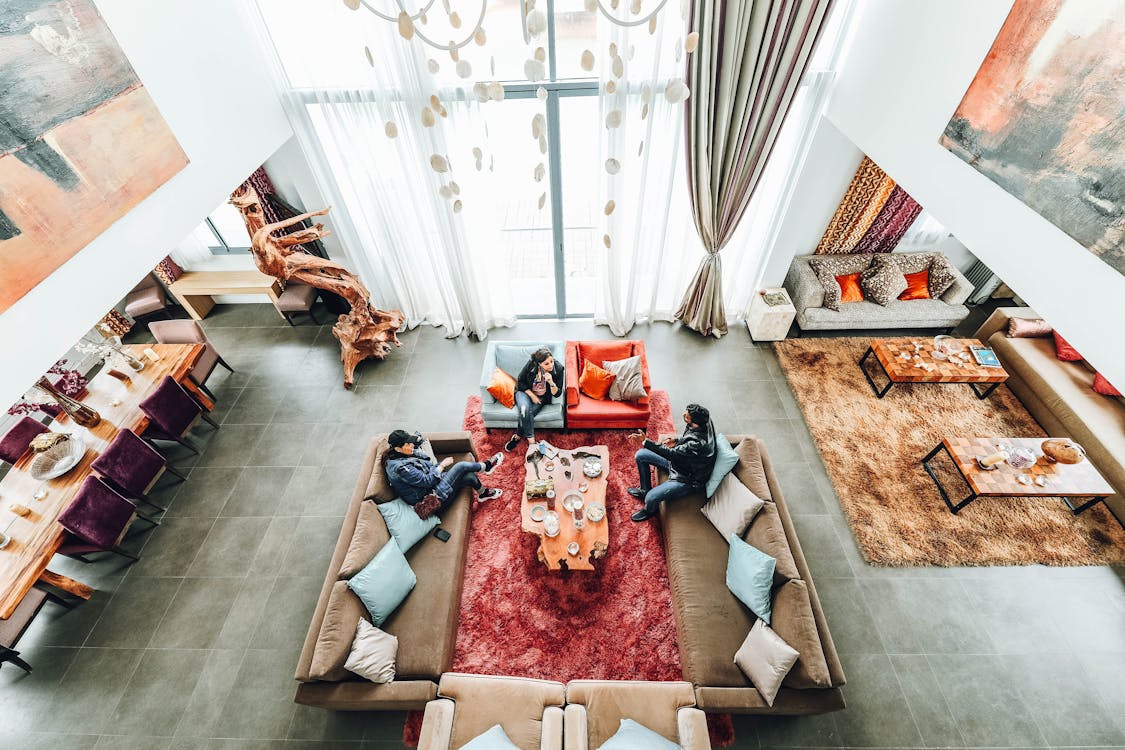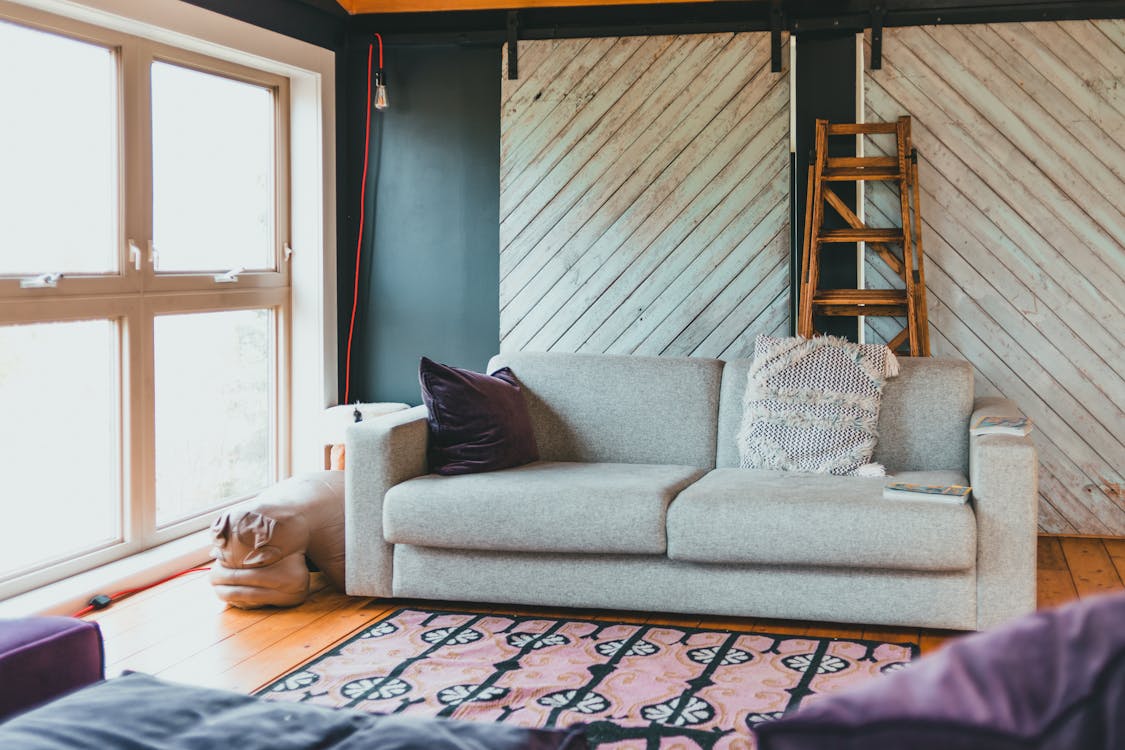TL;DR
This comprehensive guide covers everything you need to know about selling artwork online, from preparing high-quality images and building your digital presence to choosing the right platforms and pricing strategies. Learn how to sell art online without commissions, master social media marketing, understand legal considerations, and scale your art business online. Whether you’re just starting or looking to expand your reach, this guide provides actionable steps to turn your creative passion into a profitable online art sales venture.
Table of Contents
- How to Sell Art Online: The Online Art Market
- How to Sell Art Online: Preparing Your Art for Sale
- How to Sell Art Online: How Do I Prepare My Art for Sale Online?
- How Can I Build a Strong Digital Presence for My Art?
- Which Platforms Are Best for Selling Art Online?
- How Should I Price My Artwork for Online Sales?
- What Marketing Strategies Work Best for Selling Art Online?
- How Do I Ship and Handle Artwork Safely?
- What Legal Considerations Should I Know About?
- How Do I Build Strong Customer Relationships?
- How Can I Scale My Online Art Business?
- FAQs: How to Sell Art Online
Key Takeaways
- Professional photography is essential – High-quality images are your primary sales tool when selling artwork online.
- Choose the right platforms – Learn how to sell art online without commissions through platforms like Cosimo, or use your own website for complete control.
- Build a strong digital presence – Establish an online gallery for artists through your website and social media channels.
- Master pricing strategies – Balance materials, time, experience, and market research to price competitively
- Leverage multiple marketing channels – Use social media, email marketing, SEO, and content creation to reach buyers.
- Understand legal requirements – Protect your copyright, establish business structures, and comply with tax obligations.
- Focus on customer relationships – Turn one-time buyers into repeat collectors through exceptional service.
- Scale strategically – Diversify products, automate systems, and use data to grow your art business online.
The art market has expanded beyond traditional galleries and exhibitions in today’s digital age. Artists of all skill levels now have unprecedented opportunities to showcase and sell their work to a global audience through online platforms for artists. Knowing how to sell art online has become a crucial skill for artists looking to turn their passion into profit. This comprehensive guide will walk you through everything you need to know about establishing your online art sales business.
Want to start immediately? For artists looking to share their work with a wider audience, exploring ways to sell art online for free can be a great first step toward building visibility and confidence in the digital space.
How to Sell Art Online: The Online Art Market
Before diving into how to sell art online, it’s essential to understand the current landscape. The online art sales market has grown steadily, with more collectors turning to digital art marketplace platforms to discover and purchase artwork. This shift has democratised the art world, making it accessible to emerging artists and new collectors.
The key to success when learning to sell art online is recognising that different online platforms for artists cater to various audiences. Some buyers are looking for original fine art, while others may be interested in prints, digital downloads, or art merchandise. Understanding your target audience will help you position your work effectively in the digital art marketplace.

How to Sell Art Online: How Do I Prepare My Art for Sale Online?
The first step in learning how to sell art online is preparing high-quality images of your work. Professional photography is essential when selling artwork online, as potential buyers cannot physically see or touch your art. Here’s how to create compelling images:
- Use proper lighting: Natural, diffused light works best for most artwork
- Invest in a good camera: While smartphone cameras have improved dramatically, a DSLR camera will capture more detail
- Show scale: Include reference objects or model images showing the art’s appearance in a room
- Capture details: Include close-ups that highlight texture and technique
When mastering how to sell art online, remember that your digital presentation is often the only impression buyers will have of your work. Take time to edit your photos professionally, ensuring colours are accurate and images are sharp.
Besides photography, preparing your art for sale also involves:
- Creating compelling descriptions that tell the story behind each piece
- Documenting dimensions, materials, and techniques used
- Ensuring physical artwork is finished correctly (framed, signed, etc.)
- Creating certificates of authenticity
Understanding how to sell art online means recognising that buyers need confidence in their purchases. The more information and visual evidence you provide, the more likely they are to make a purchase.
How Can I Build a Strong Digital Presence for My Art?
Establishing a strong digital presence is crucial to selling artwork online. This typically starts with creating your website, which serves as your online gallery for artists and potentially your main sales channel.

How to Sell Art on Your Own Website
Your website should include:
- A portfolio of your work with high-quality images
- An artist bio that tells your story
- A transparent pricing and purchasing process using e-commerce for art solutions
- Contact information
- A blog or news section to keep followers updated
Consider your website as your digital gallery when learning how to sell art on your own website. It should be visually appealing, easy to navigate, and mobile-friendly. Platforms like Squarespace, Wix, and WordPress offer artist-friendly templates that help you create a professional-looking site without coding knowledge.
Social media is another essential component of selling artwork online. Platforms like Instagram, Pinterest, and TikTok are particularly effective for visual artists. Social platforms can be powerful tools for showcasing creativity – understanding how to use them effectively can help artists maximise their reach and build genuine engagement online.
- Showcase your creative process.
- Build a community around your work.
- Direct followers to your sales platforms
- Engage directly with potential buyers.
Remember that mastering how to sell art online is about selling individual pieces and building a brand around your artistic identity. Consistency in your online presence helps establish recognition and trust in the digital art marketplace.
Minimalism marked a significant departure from previous artistic conventions. It focused on simplicity, materiality, and direct engagement with the viewer. This creative movement had a widespread impact, not just in the visual arts but also in shaping design and architecture and influencing the overall cultural context.
Which Platforms Are Best for Selling Art Online?

You’ll discover numerous platform options when researching how to sell art online. Each has advantages and disadvantages, and many artists use multiple online platforms for artists simultaneously. Here are some popular choices:
How to Sell Art Online: Dedicated Art Marketplaces
- Cosimo: Connects artists directly with collectors worldwide. Does not charge commission fees on pieces sold, making it ideal for learning how to sell art online without commissions. Offers SEO optimisation of artwork-related content and has an academy to help artists learn skills such as marketing.
- Etsy: Great for handmade items, prints, and affordable original art
- Saatchi Art: Curated platform focusing on fine art with gallery-style representation
- Society6/Redbubble: Print-on-demand services that put your designs on various products
How to Sell Art Online: General E-commerce Platforms
- Shopify: Allows complete customisation of an online gallery for artists with robust eCommerce for art features.
- WooCommerce: WordPress plugin for adding e-commerce facilities to your site.
- BigCartel: Simplified eCommerce for an art platform designed for artists.
When deciding how to sell art online, consider these factors for each platform:
- Commission rates and fees (or how to sell art online without commissions)
- Target audience and typical price points
- Marketing support provided
- Shipping and fulfilment options
- Payment processing security
Many successful artists recommend a multi-platform approach when learning how to sell art online. You might use Instagram to build an audience, your website for direct sales of original works, and print-on-demand services for more affordable merchandise.
The key to mastering selling artwork online is finding online platforms for artists that align with your artistic style and business goals. Don’t spread yourself too thin—focus on doing well on 2-3 platforms rather than having a mediocre presence across many.
How Should I Price My Artwork for Online Sales?
One of the most challenging aspects of selling artwork online is determining appropriate pricing. If you price too high, you might not make sales; if you price too low, you devalue your work and lose potential revenue.
When figuring out how to sell art online profitably, consider these pricing factors:
- Materials and production costs
- Time invested in creating the piece
- Your experience and reputation
- Market research on similar works in the digital art marketplace
- Uniqueness and complexity of the piece

Remember that different types of art products can have different pricing strategies:
- Original artworks: Higher prices reflect uniqueness
- Limited edition prints: Mid-range prices based on exclusivity
- Open edition prints or digital downloads: Lower prices for accessibility
- Licensed merchandise: Price points that match market expectations
A key insight about selling artwork online is that transparency in pricing builds trust. Be prepared to explain your pricing, and consider creating different price points to accommodate various budgets.
Understanding the value of your work is essential for sustainable growth as an artist. Explore our How to Price Your Art guide to learn how to do it confidently. Cosimo provides a pricing calculator for registered artists that provides pricing for your pieces based on factors such as experience and materials – saving you the trouble of figuring everything out on your own. Click here to learn more.
What Marketing Strategies Work Best for Selling Art Online?
Understanding how to sell art online is incomplete without mastering art marketing. Even the most talented artists need effective marketing to connect with potential buyers in the digital art marketplace. Here’s how to promote your work:

1. Content Marketing
Create content that showcases your artistic process, inspiration, and technical skills. This could include:
- Process videos
- Time-lapse recordings
- Behind-the-scenes photos
- Artist statements and stories
Learning how to sell art online effectively means recognising that collectors often connect with the story and process behind the art as much as the final piece.
2. Email Marketing
Build an email list of interested fans and collectors. Regular newsletters can:
- Announce new works
- Offer early access to collections
- Share exhibition news
- Provide special offers to loyal customers
Email marketing is compelling when mastering how to sell art online because it gives you direct access to interested buyers without depending on algorithm changes or platform restrictions.
3. Social Media Strategy
When studying how to sell art online, you’ll find that social media is crucial for visibility. Effective strategies include:
- Posting consistently with relevant hashtags
- Engaging authentically with followers
- Sharing the story behind your work
- Using platform-specific features (Reels, Stories, etc.)
- Collaborating with other artists and influencers
Remember that successfully selling artwork online requires adaptation to each platform’s culture and features. What works on Instagram might not work on TikTok or Pinterest. For platform-specific strategies, revisit our artist’s guide to social media.
4. Search Engine Optimisation (SEO)
Understanding how to sell art online includes making your work discoverable through search engines. Use relevant keywords in:
- Website content
- Image alt text
- Product descriptions
- Blog posts
Many artists overlook SEO when learning to sell art online, but it can significantly increase organic traffic to your online gallery. And if you’d prefer support, Cosimo also offers SEO services tailored specifically for artists, helping your portfolio get seen by the right audience.
How Do I Ship and Handle Artwork Safely?
A key part of selling art online is making sure your work reaches buyers in perfect condition. Shipping requires careful planning to protect each piece and maintain a professional experience. Here’s what to keep in mind:
- Packaging materials: Use sturdy, protective materials suited to your medium.
- Shipping insurance: Insure higher-value pieces to cover potential damage or loss.
- International shipping: Know the customs rules, duties, and documentation required.
- Tracking: Choose carriers that offer reliable tracking for peace of mind.
- Unboxing experience: Thoughtful, branded packaging can enhance the buyer experience.

Don’t forget to build shipping costs into your overall pricing – whether as a separate charge or as part of your listed price.
For UK-based artists, Royal Mail and Parcelforce offer reliable postal services with tracking options. For valuable artwork, consider specialist art couriers who understand the specific requirements of transporting fine art. Resources like Art Business Info’s guide to mailing art provide detailed advice on packaging and courier selection for UK artists.
Cosimo also supports UK-based artists with streamlined, reliable shipping options, making logistics easier as you grow your online sales.

What Legal Considerations Should I Know About?
Understanding the legal aspects is essential to learning how to sell art online and running your art business online. These include:
1. Copyright Protection
When selling artwork online, your work becomes widely visible and potentially vulnerable to copying. In the UK, copyright protection is automatic when you create original work – you don’t need to register or pay a fee. However, understanding your rights is crucial:
- Document your creative process
- Consider using services like the UK Copyright Service for additional evidence of ownership.
- Use watermarks appropriately
- Handle infringement issues
Respecting others’ intellectual property is a crucial part of selling artwork online responsibly. Never use copyrighted reference material without permission.
2. Business Formation
As you progress in your journey and learn how to sell art online, consider establishing a formal business structure in the UK – for example:
- Registering as self-employed with HMRC if you’re operating as a sole trader.
- Limited Liability Company (LLC)
- Corporation
When selling artwork online, these structures affect your taxes, liability, and credibility. The Artists’ Union England provides excellent guidance specifically for visual artists on registering for self-employment.
3. Terms and Conditions
Develop clear policies regarding:
- Returns and exchanges
- Cancellations
- Shipping damages
- Commission requests
Having transparent policies is essential when learning how to sell art online because they build trust with buyers and protect you legally.
4. Tax Obligations
Understanding how to sell art online also means learning about your tax responsibilities in the UK:
- Register for Self Assessment with HMRC
- Keep detailed records of income and allowable expenses
- Understand tax allowances specific to artists
- Register for VAT if your turnover exceeds the threshold
Resources like Artquest and the Artists’ Union England tax guides provide comprehensive information tailored to visual artists’ needs.
Consider consulting with an accountant familiar with creative businesses to ensure compliance as your art business online grows.
How Do I Build Strong Customer Relationships?
A sustainable approach to selling artwork online involves nurturing relationships with collectors. Repeat buyers and referrals often become the backbone of a successful art business online. Here’s how to cultivate these relationships:

- Personalised communication: Send thank-you notes with purchases
- Follow-up emails: Check that the artwork arrived safely
- Collector exclusives: Offer early access or unique pieces to previous buyers
- Gathering feedback: Request testimonials and use feedback to improve
- Creating community: Develop a sense of belonging among your collectors
When learning how to sell art online, remember that each buyer interaction is an opportunity to create an advocate for your work. Exceptional customer service can lead to organic word-of-mouth marketing.
Another aspect of mastering how to sell art online is collecting and showcasing testimonials. Positive reviews build credibility for new buyers who cannot see your work in person.

How Can I Scale My Online Art Business?
You can scale your business as you become more proficient at selling artwork online. This could include:
1. Product Diversification
Expand beyond your primary medium by offering:
- Multiple price points (originals, limited editions, open editions)
- Merchandise featuring your designs
- Digital products like tutorials or brushes
- Licensing your art for commercial use
Interested in digital products? Learn more in our guide on how to sell digital art online.
Understanding how to sell art online at scale means recognising different revenue streams that can work together in your art business online.
2. Automation and Systems
Implement systems to handle increased volume:
- Automated email responses
- Inventory management software
- Social media scheduling tools
- Customer relationship management (CRM) systems
These tools help you maintain quality service while focusing on creating art for your online gallery for artists.
3. Outsourcing and Collaboration
As your art business online grows, consider the following:
- Hiring virtual assistants for administrative tasks
- Collaborating with professional photographers
- Working with shipping specialists
- Partnering with other artists or brands
Learning to sell art online successfully often means recognising when to delegate tasks outside your core strength.
4. Analytics and Adaptation
Use data to refine your approach:
- Track which products sell best
- Analyse traffic sources to your online gallery for artists
- Monitor seasonal trends
- Test different marketing approaches
A data-informed approach to selling artwork online allows you to make strategic decisions rather than guessing what works.
For additional support, UK-based artists can access resources from organisations like Arts Council England, which provides funding opportunities, digital development support, and networking events. The British Council Arts also offers international networking and funding opportunities for UK artists.
Mastering how to sell art online is a journey that combines artistic passion with entrepreneurial skills. The digital art marketplace offers unprecedented opportunities for artists to reach collectors worldwide without traditional gatekeepers.
Remember that learning how to sell art online takes time and persistence. Success rarely happens overnight, but you can build a sustainable art business online with consistent effort and strategic planning.
The key to selling artwork online effectively is finding the sweet spot between creating authentic art that fulfils you and meeting the desires of your target market. Stay true to your artistic vision while remaining open to feedback and market trends.
As technology evolves, so will the methods for selling artwork online. Stay curious, continue learning, and adapt your approach as new online platforms for artists and opportunities emerge. The artists who thrive in the online art sales marketplace combine artistic integrity with business savvy and a willingness to evolve.
By following this comprehensive guide on how to sell art online, you’ve taken the first step toward turning your creative passion into a viable art business online. Now it’s time to implement these strategies and begin your journey as an online art entrepreneur.
FAQs
For beginners, online platforms for artists like Etsy and Cosimo are ideal. Etsy offers a large built-in audience and ease of use, while Cosimo provides artist-focused tools, community support, and allows you to learn how to sell art online without commissions.
To price your art, consider materials, time, market demand, and your experience level. Research similar artworks in the digital art marketplace, and factor in platform fees, shipping, and taxes to ensure profitability. Check out our detailed guide on how to price your art.
While not mandatory, having a personal website helps establish credibility and brand identity. It serves as a central hub for your online gallery for artists, blog, and direct sales through eCommerce for art solutions, offering better control over your art business online.
Promote your art using social media marketing, email newsletters, content creation (like blogs or behind-the-scenes videos), and SEO optimisation. Focus on storytelling and authenticity to connect with potential buyers in the digital art marketplace.
Key considerations include copyright protection (which is automatic in the UK), clear terms and conditions, tax compliance with HMRC, and properly handling returns or disputes. Registering your art and business adds an extra layer of professionalism and protection for your art business online.
Use protective materials like bubble wrap, rigid mailers, and corner guards. Always ensure high-value items and provide tracking. For UK artists, Royal Mail offers reliable tracked services. Consider specialist art couriers for valuable pieces. For prints or merchandise, consider using print-on-demand services for hassle-free fulfilment.
Absolutely. Digital art can be sold via downloads, NFTs, or print-on-demand platforms. Make sure to list in formats buyers can use (like PNG, PSD, or PDF), and consider watermarking your previews.
SEO helps your art get discovered by people who are actively searching for styles, themes, and mediums similar to what you create. By using relevant keywords in your artwork titles, descriptions, image alt tags, and blog content, search engines can understand and rank your pages better. This increases visibility, brings more qualified traffic, and boosts the chances of converting visitors into buyers.
Optimising your website speed, mobile experience, and artwork images also improves user engagement, making it easier for potential collectors to explore and purchase your work. Online platforms for artists like Cosimo, Etsy, Saatchi Art, Redbubble, and Shopify also reward proper SEO, helping your listings rank higher within their search results. Cosimo, in particular, supports artists by optimising the way your artwork is displayed and indexed on the platform, giving you a stronger chance of being discovered organically.
Yes. Offering limited edition prints or open editions increases accessibility and lets buyers support your work at different price points. It’s also a great way to scale your art business online with recurring income.
It varies. Some artists gain traction quickly, while others take months to build visibility and trust. Consistency in promotion, high-quality work, and smart platform use all impact how fast you see online art sales. Consider starting with platforms that offer how to sell art online without commissions to maximise your early earnings.
Author
John Sewell
John Sewell is the founder of Cosimo and holds a Master’s Degree in History of Art from the University of Birmingham. He built Cosimo to give emerging artists fair, transparent ways to reach collectors directly. He was also shortlisted for the Great British Entrepreneur Awards. His background in art, creative entrepreneurship and digital marketplaces informs his writing on artist development, accessible art, and the future of online art sales.


